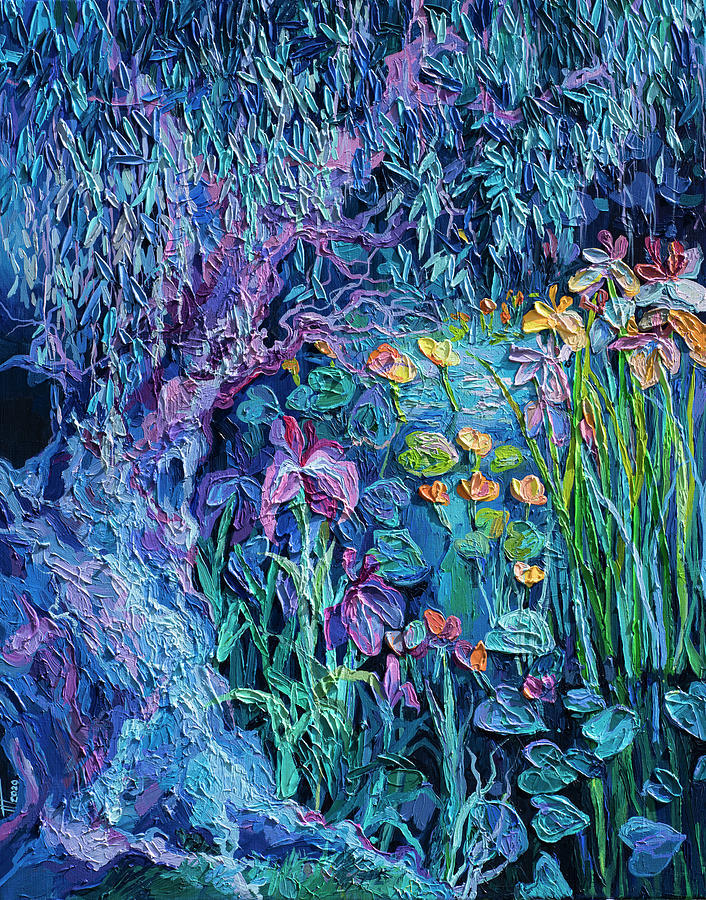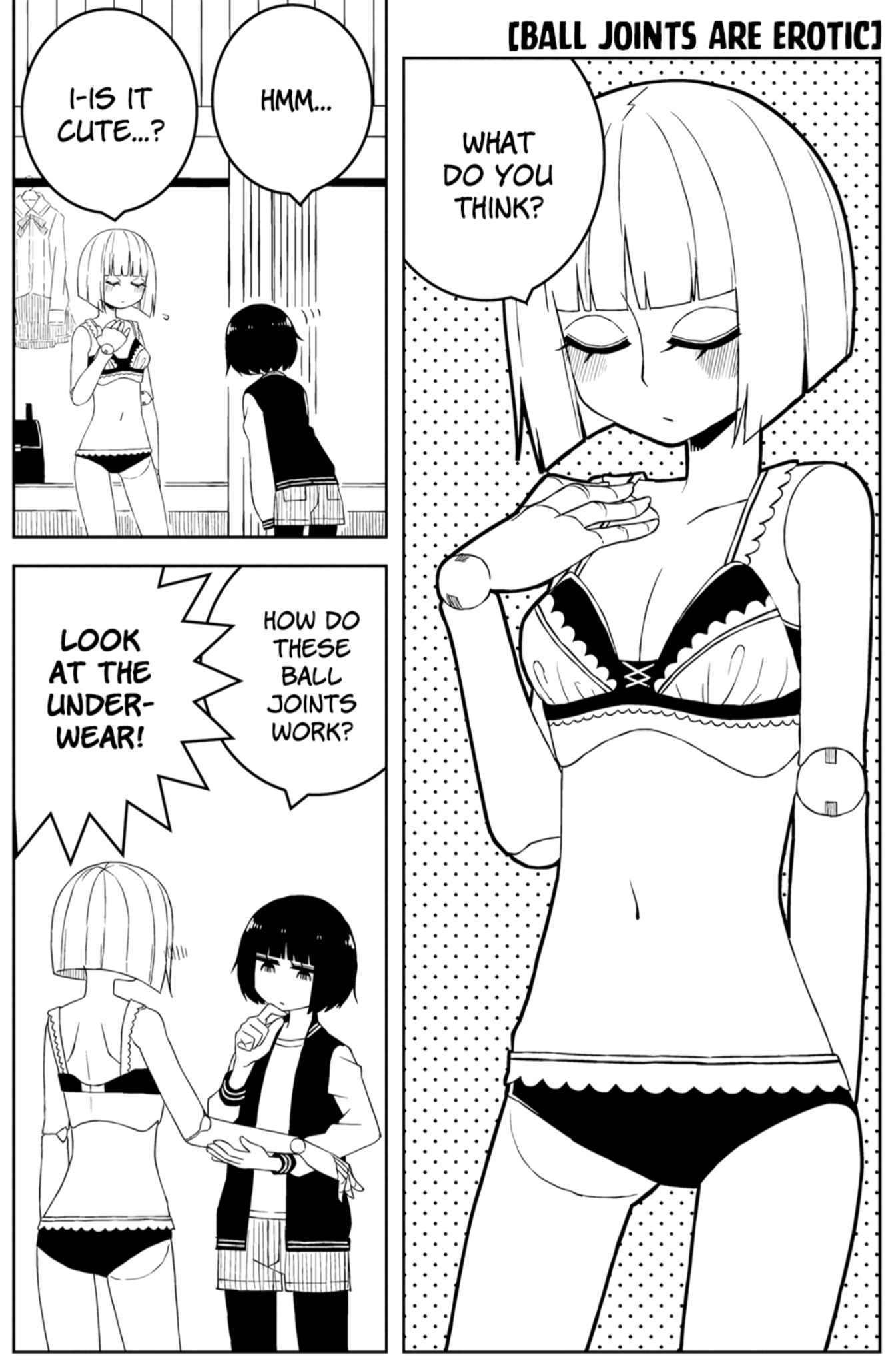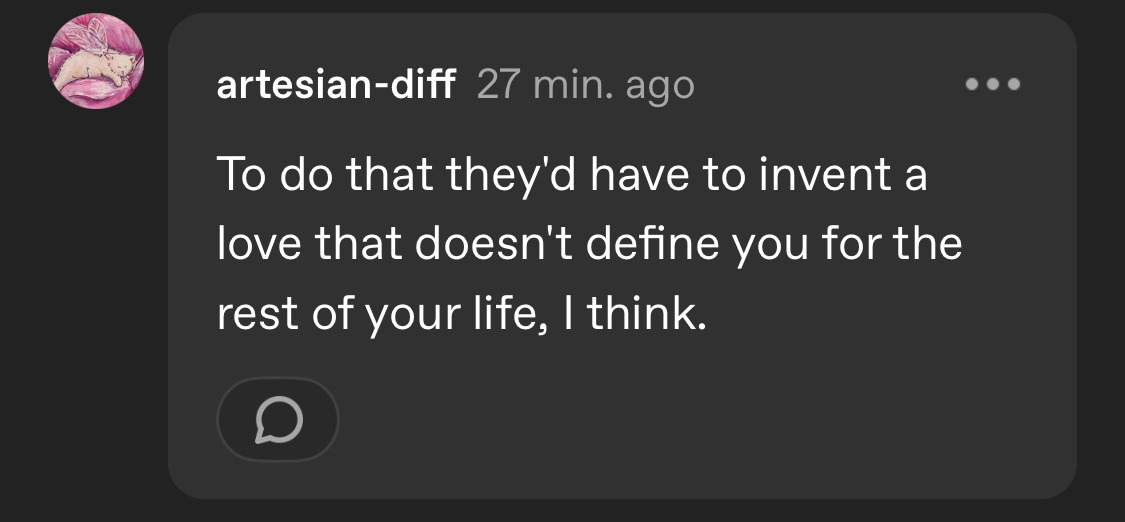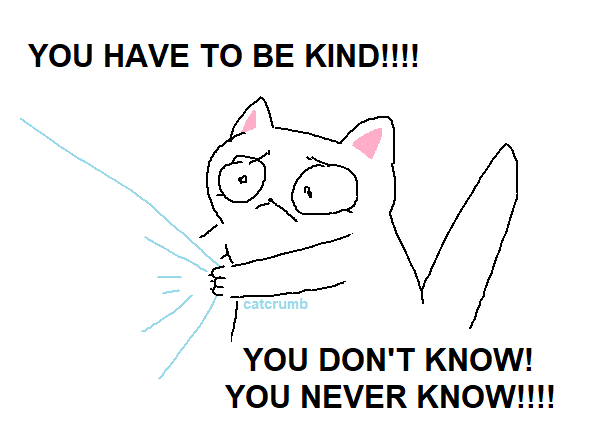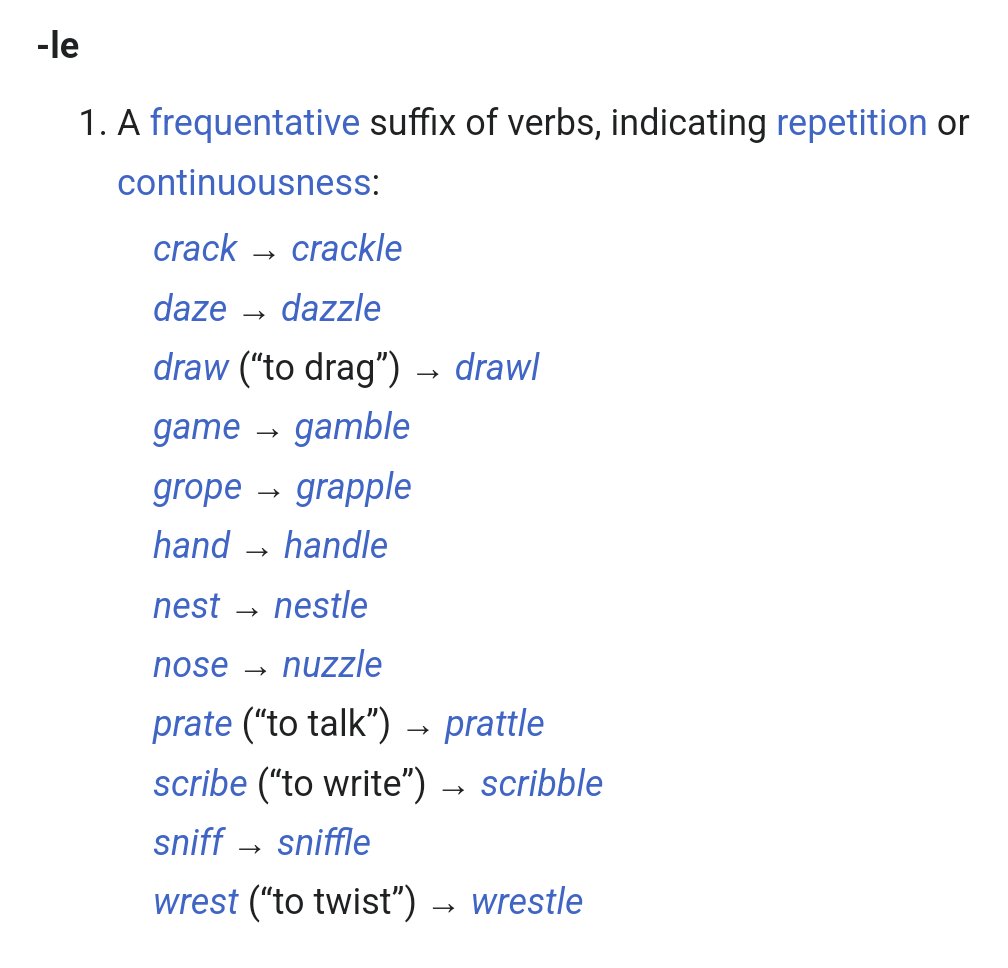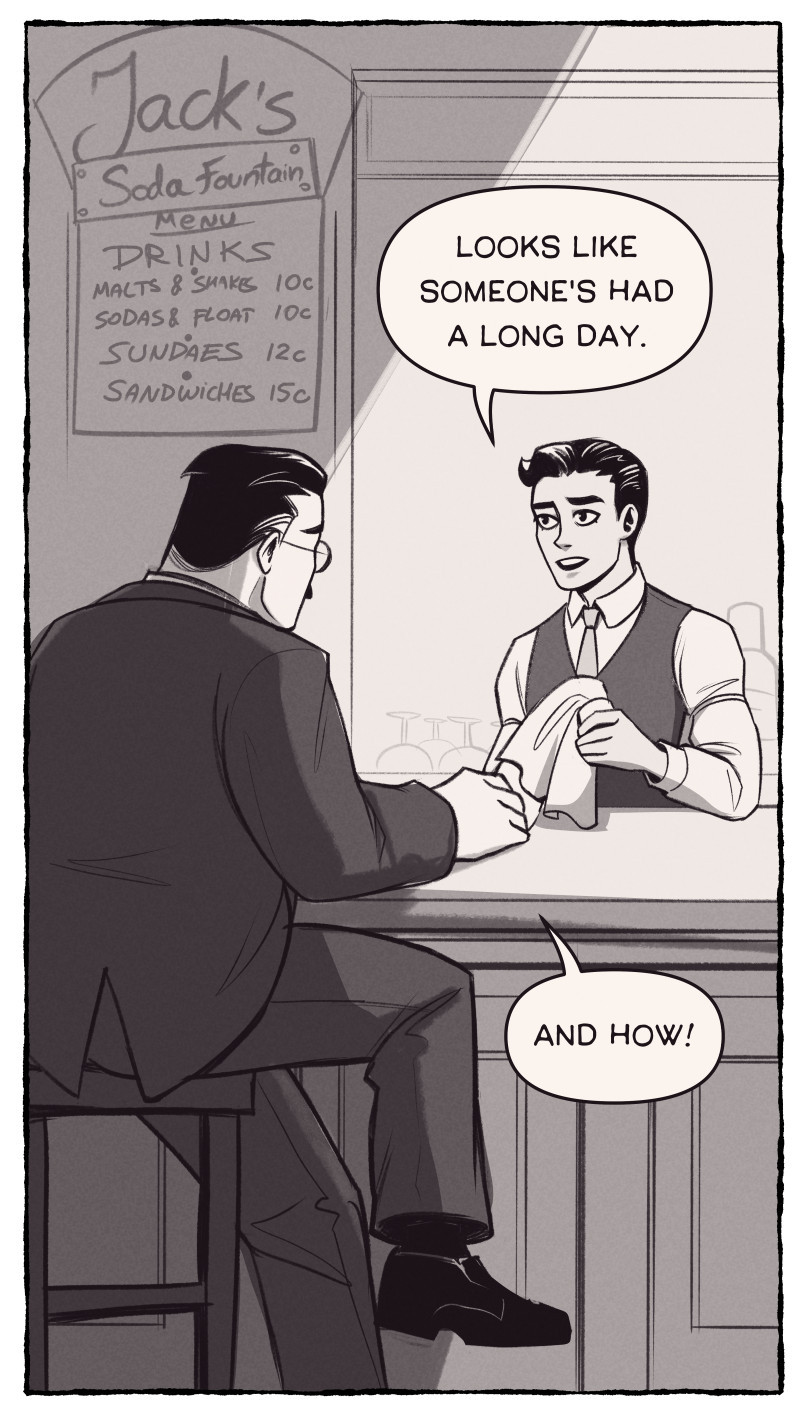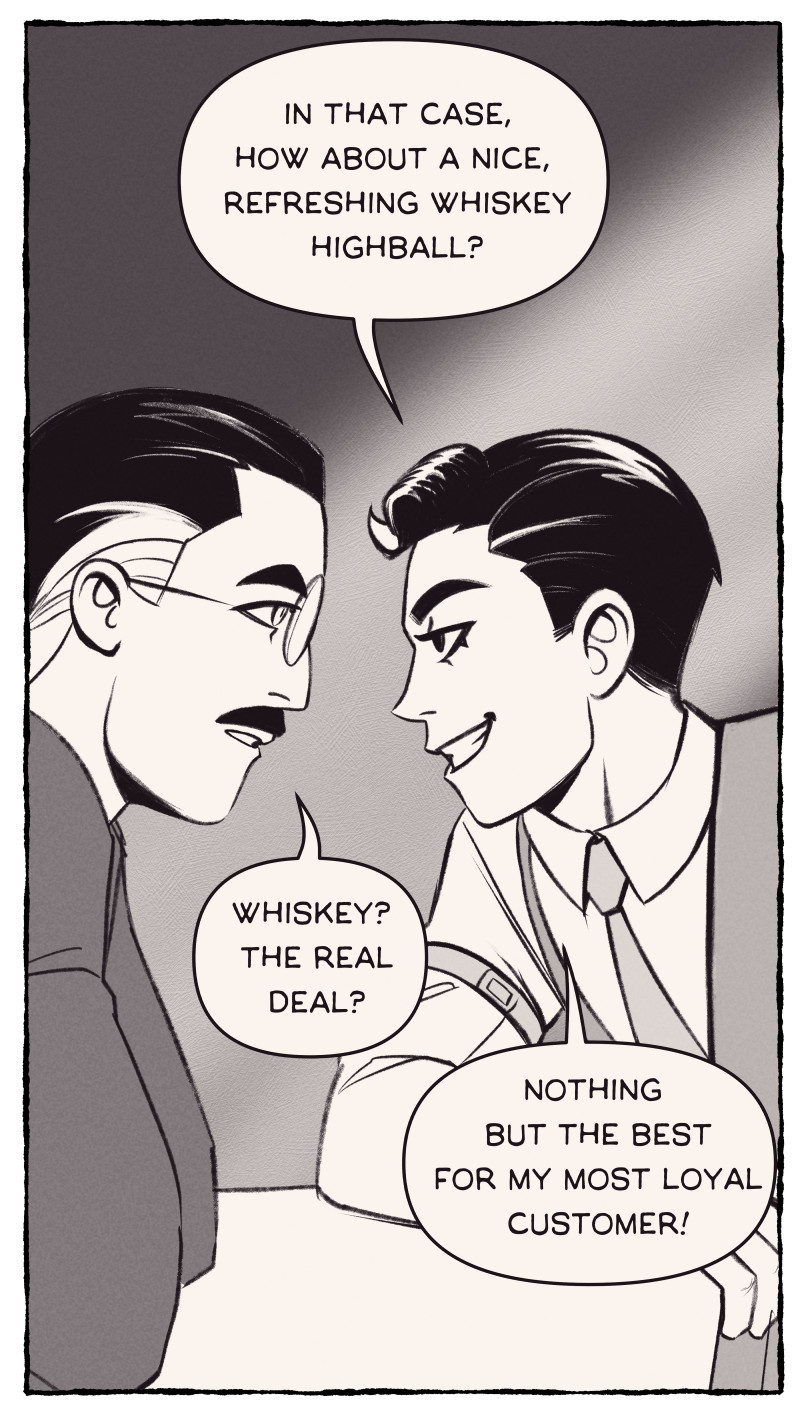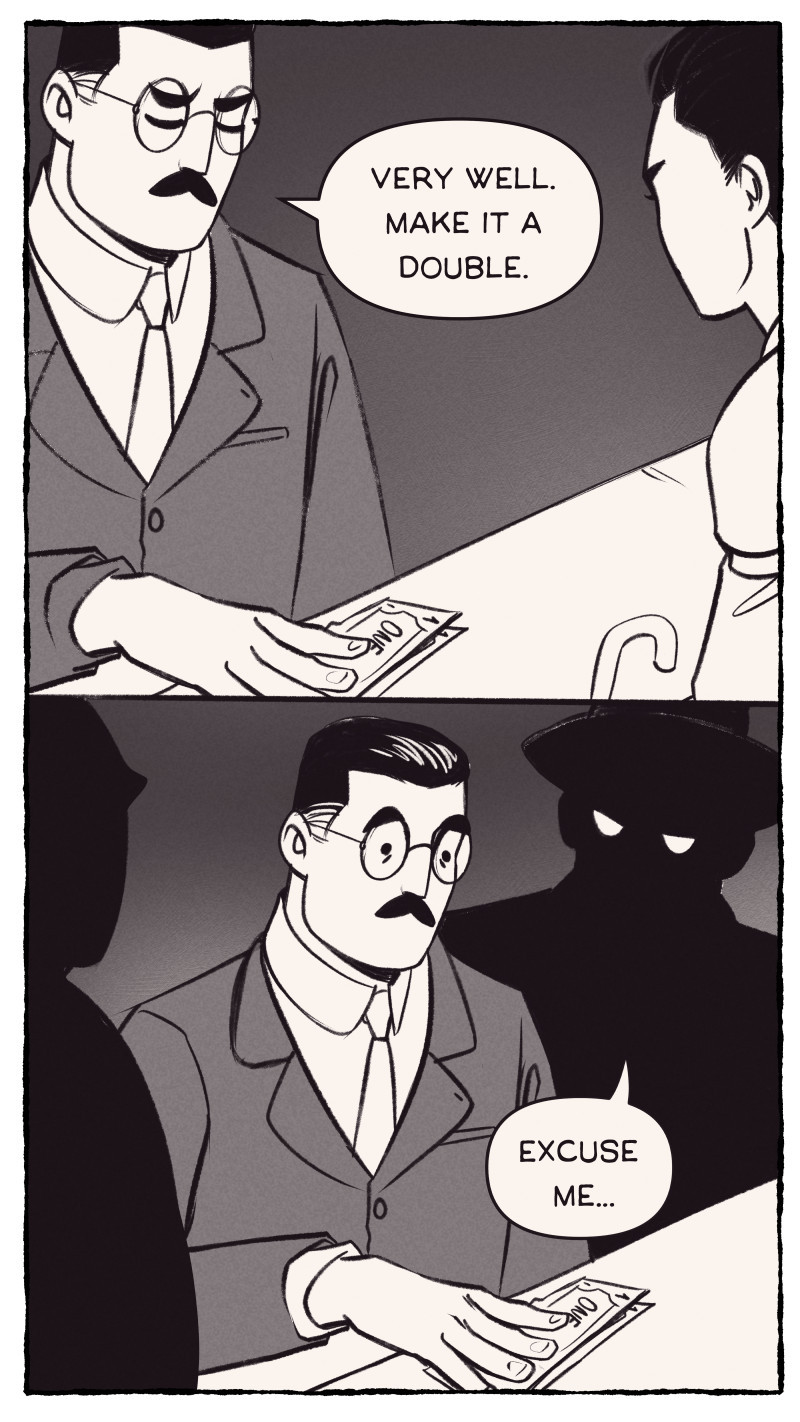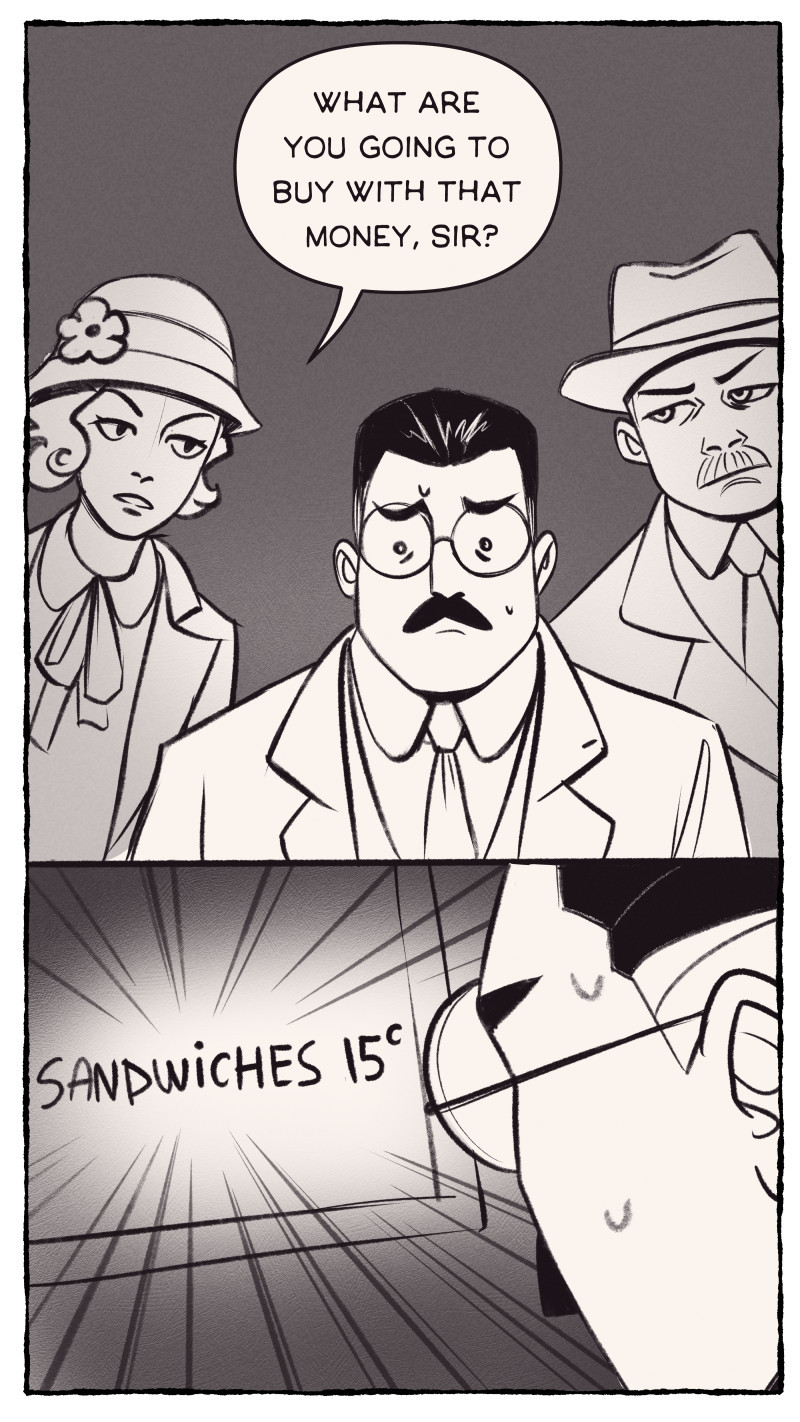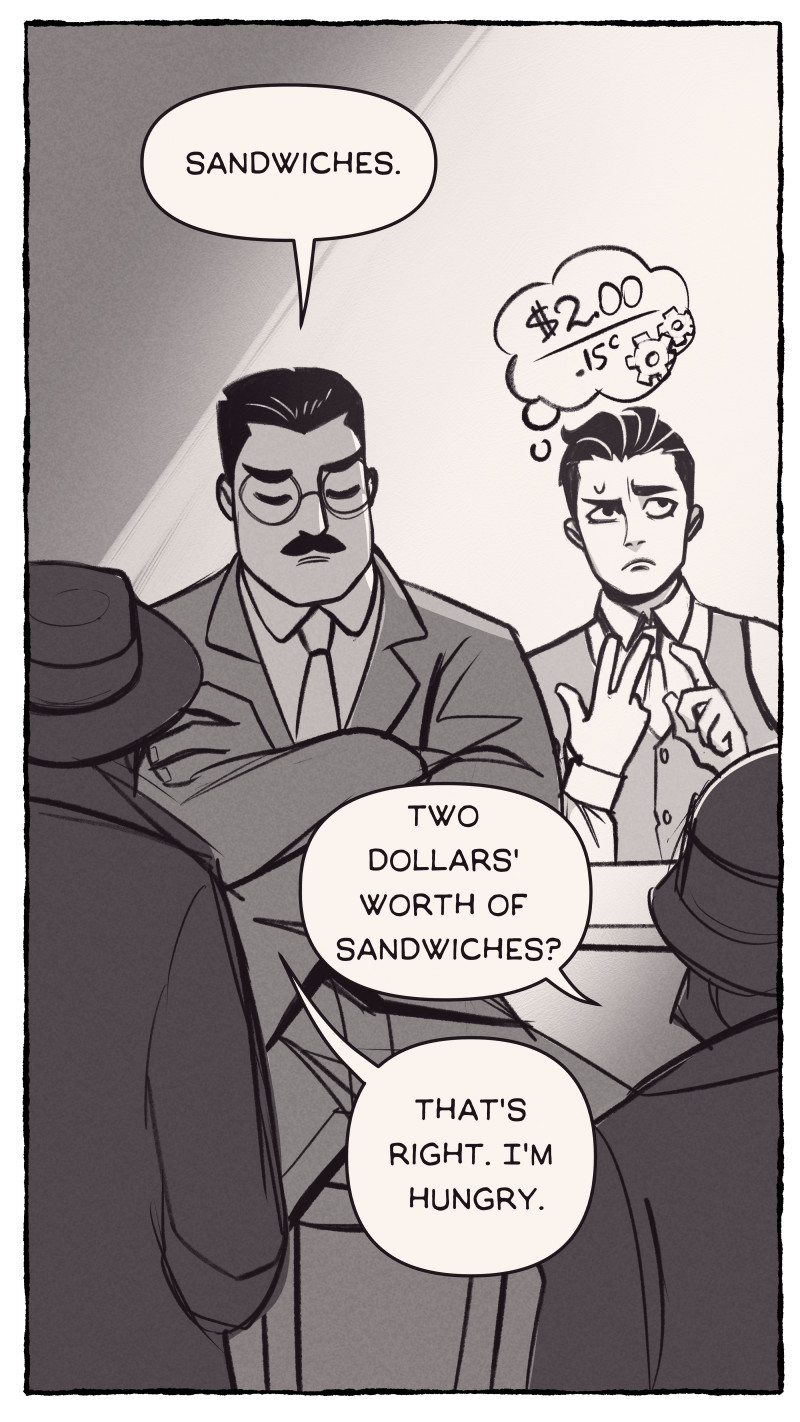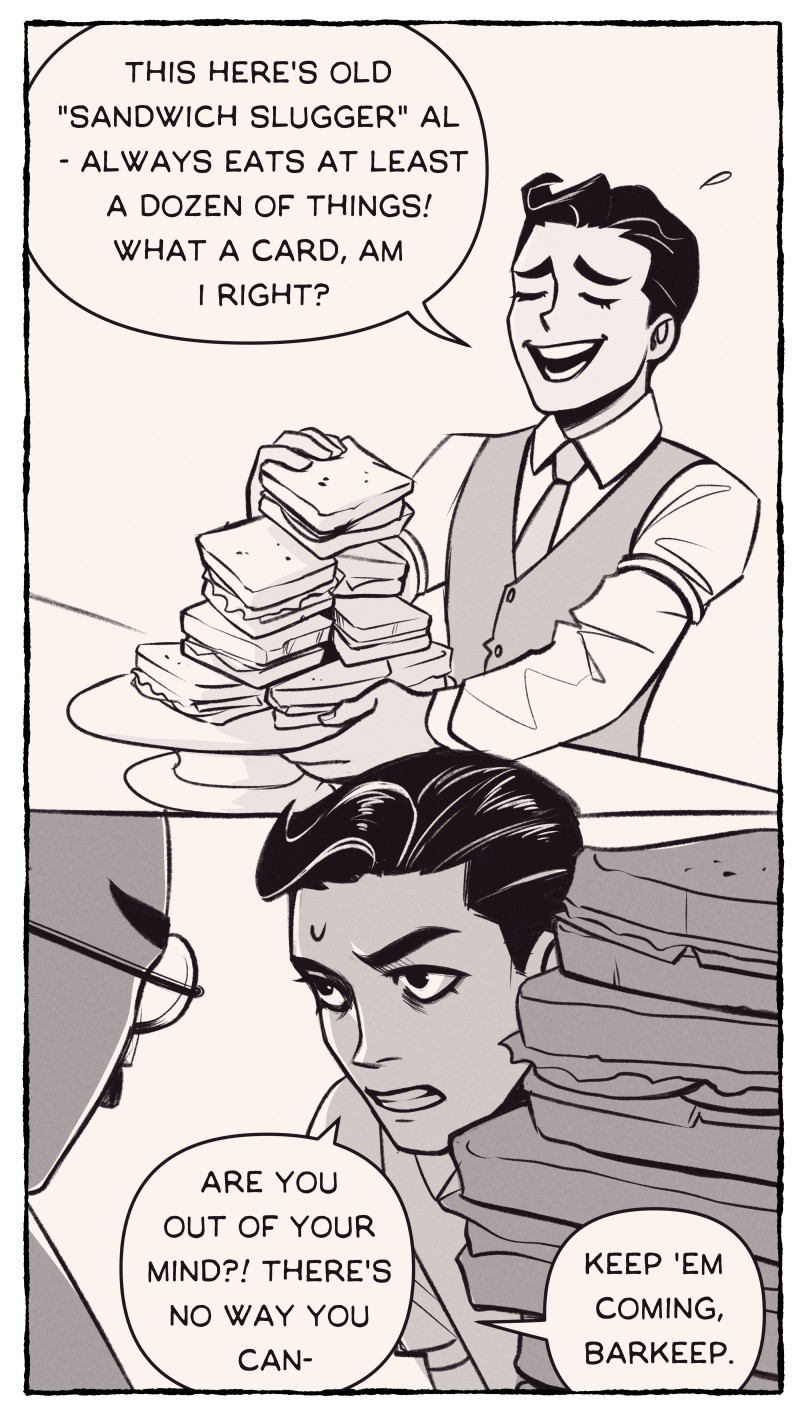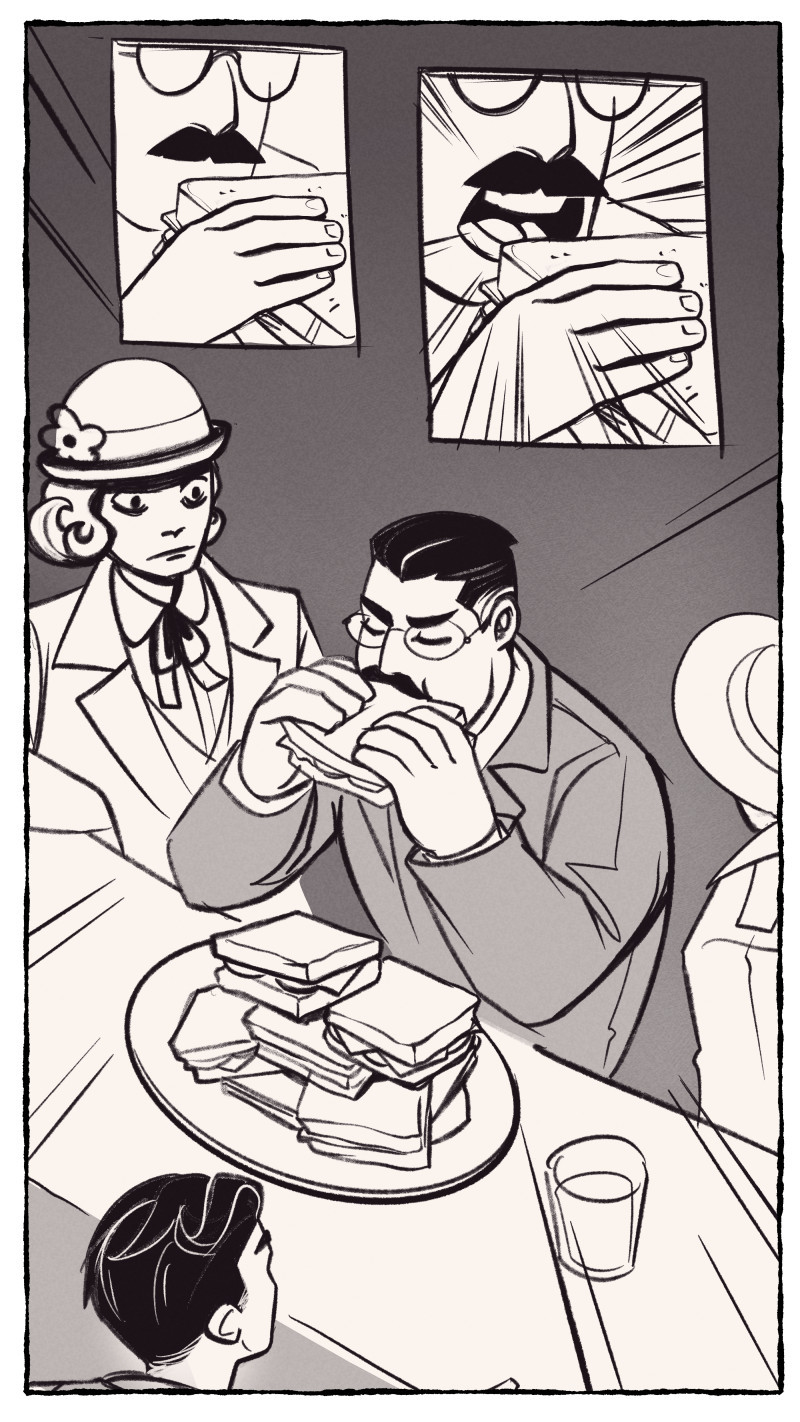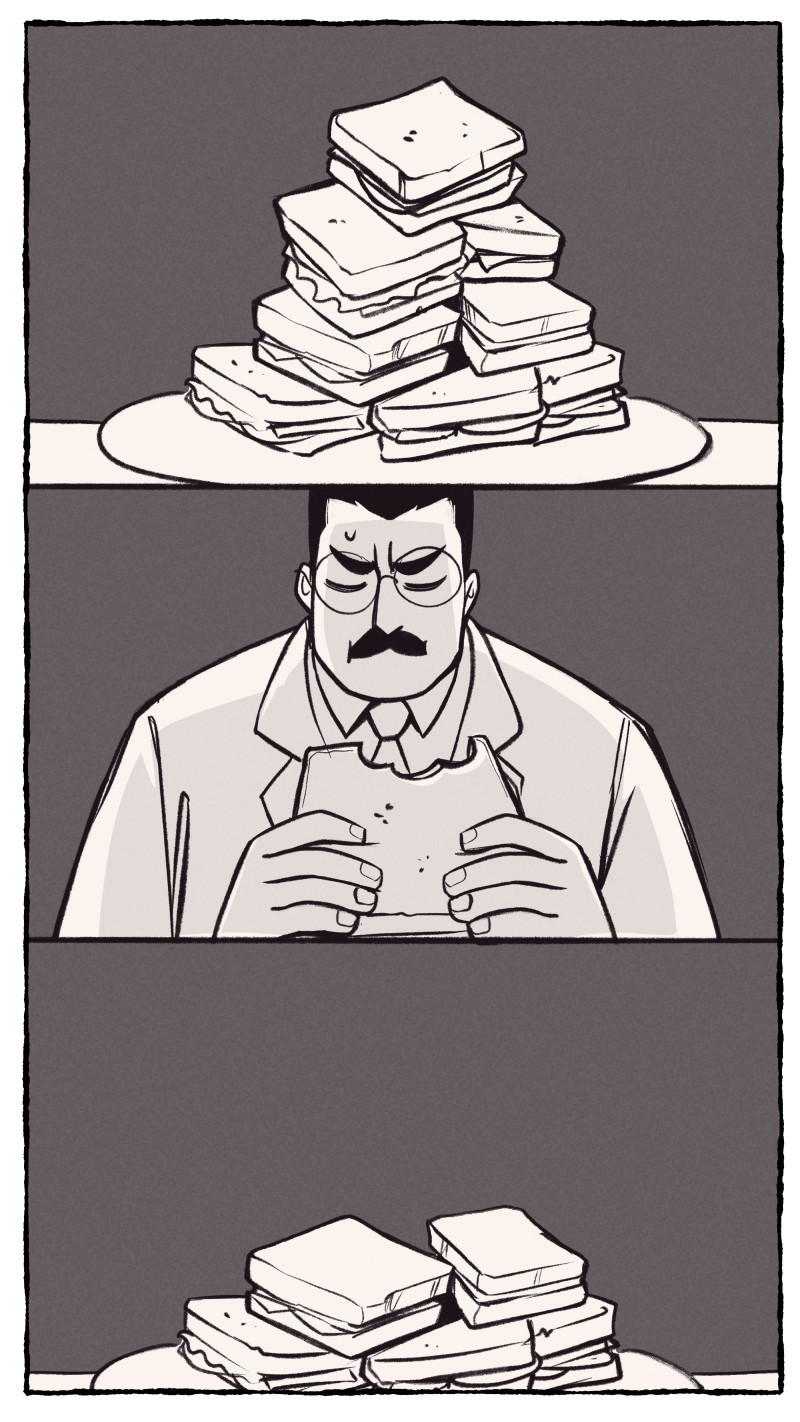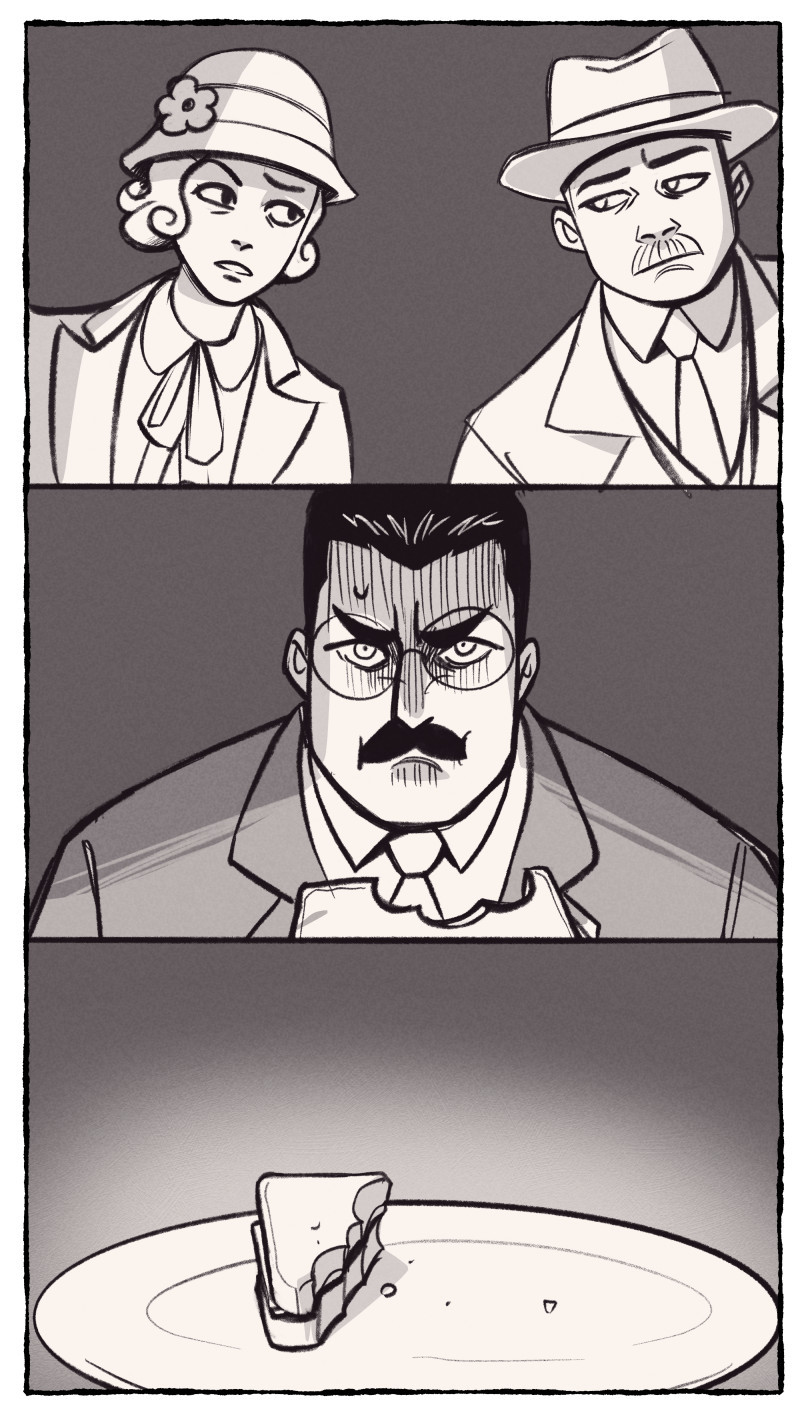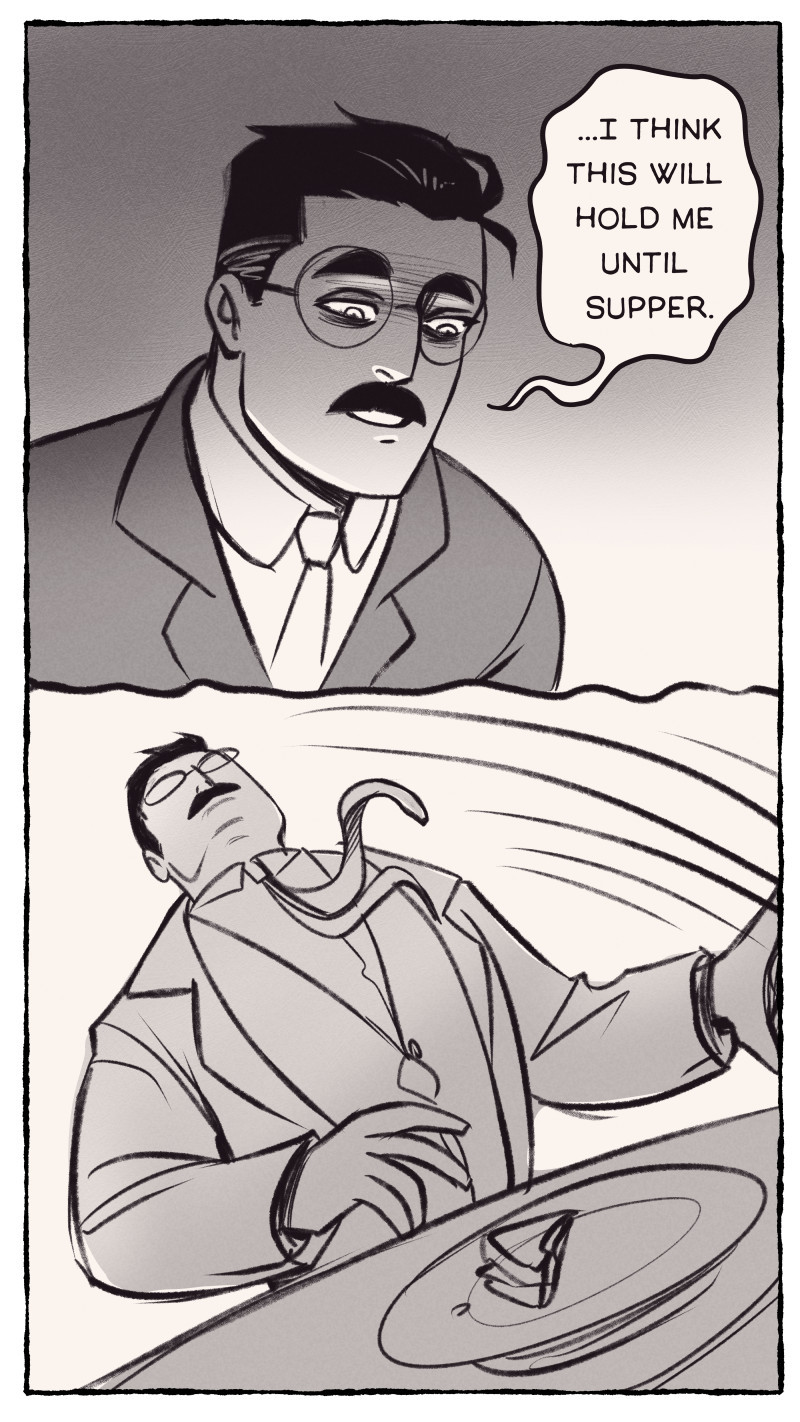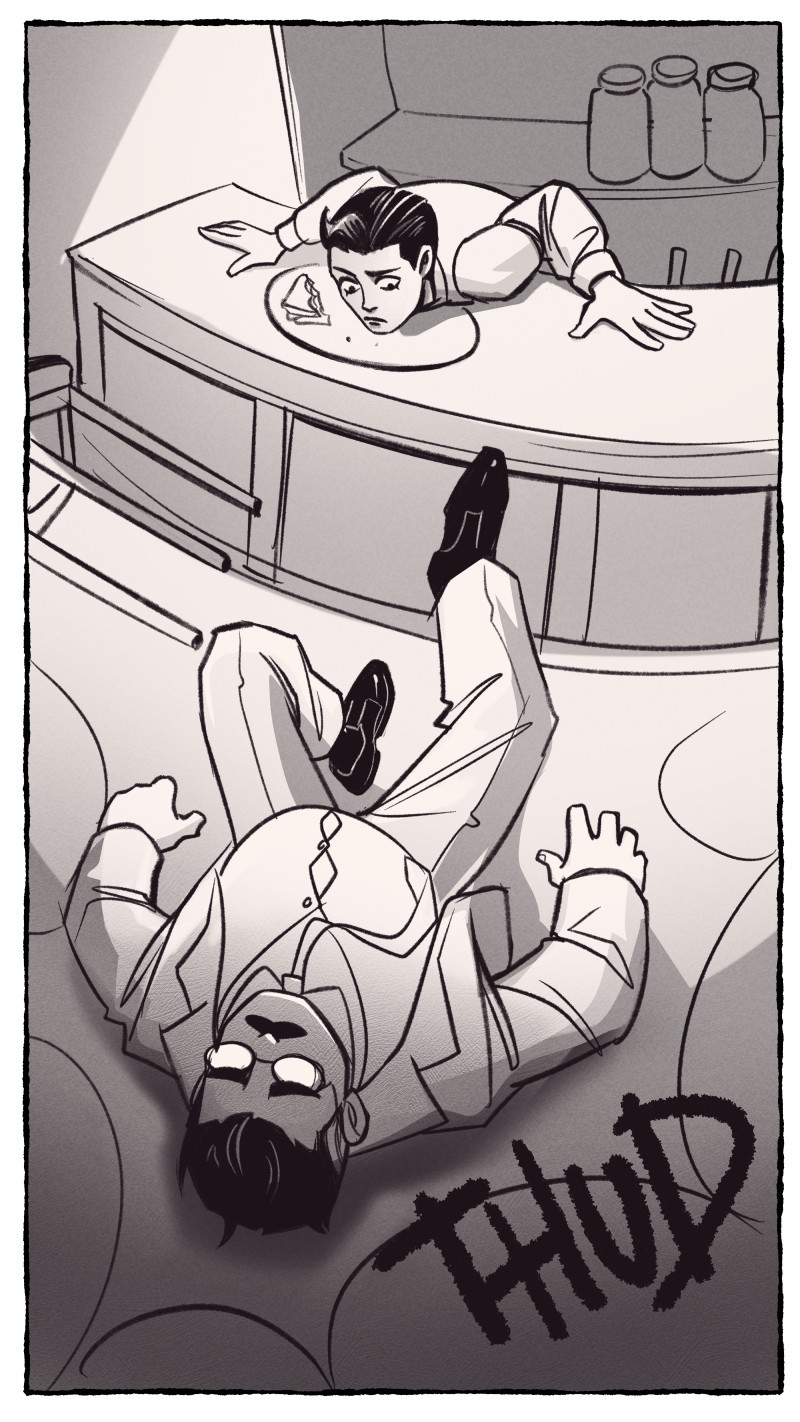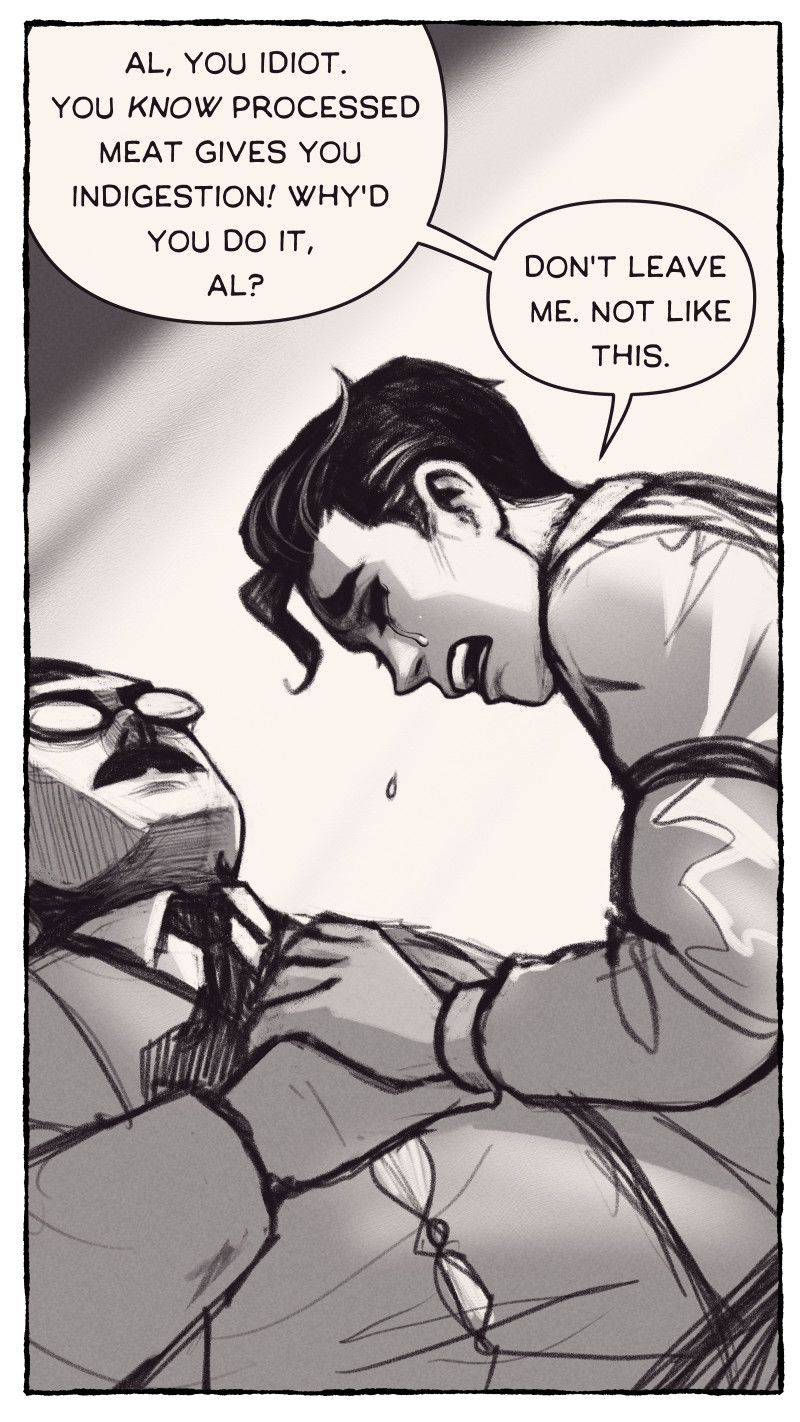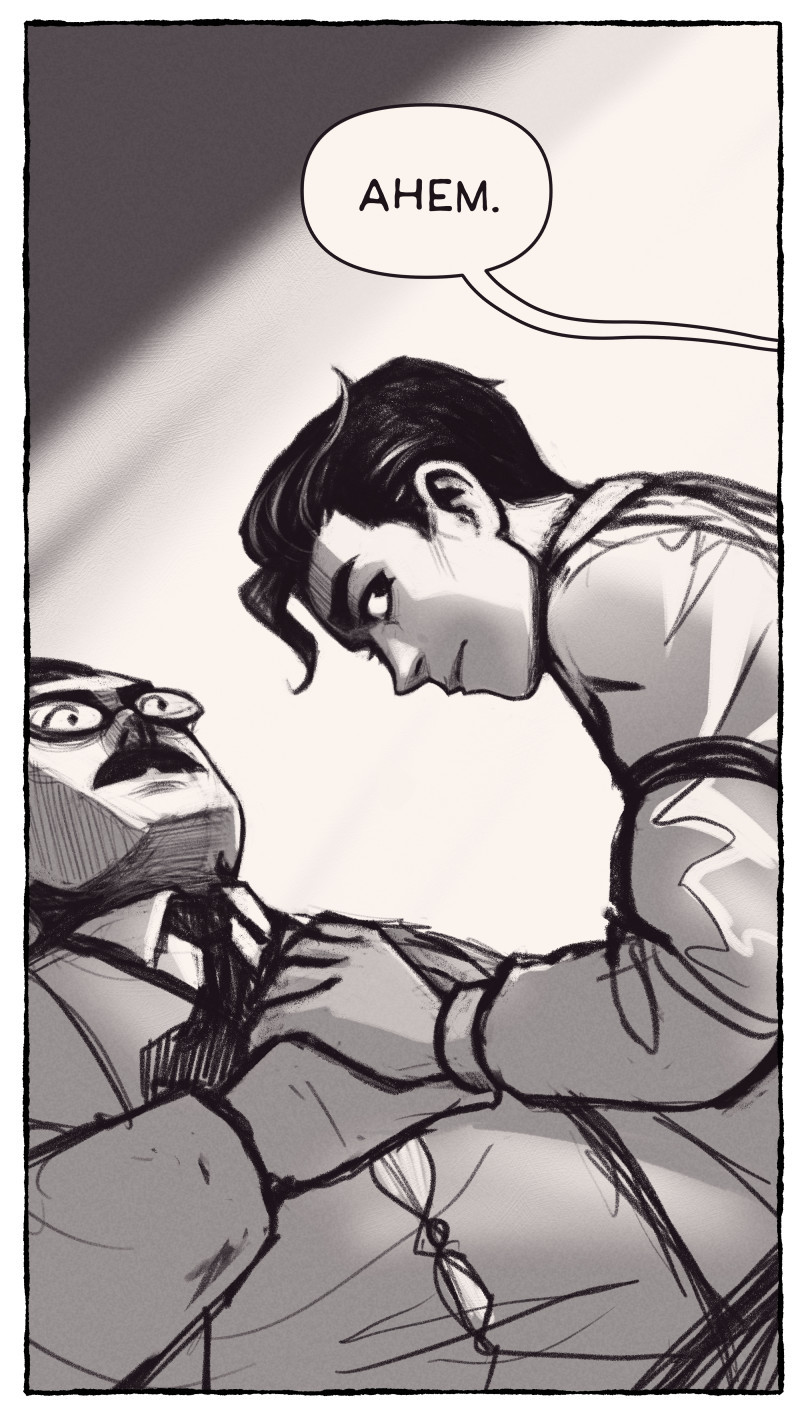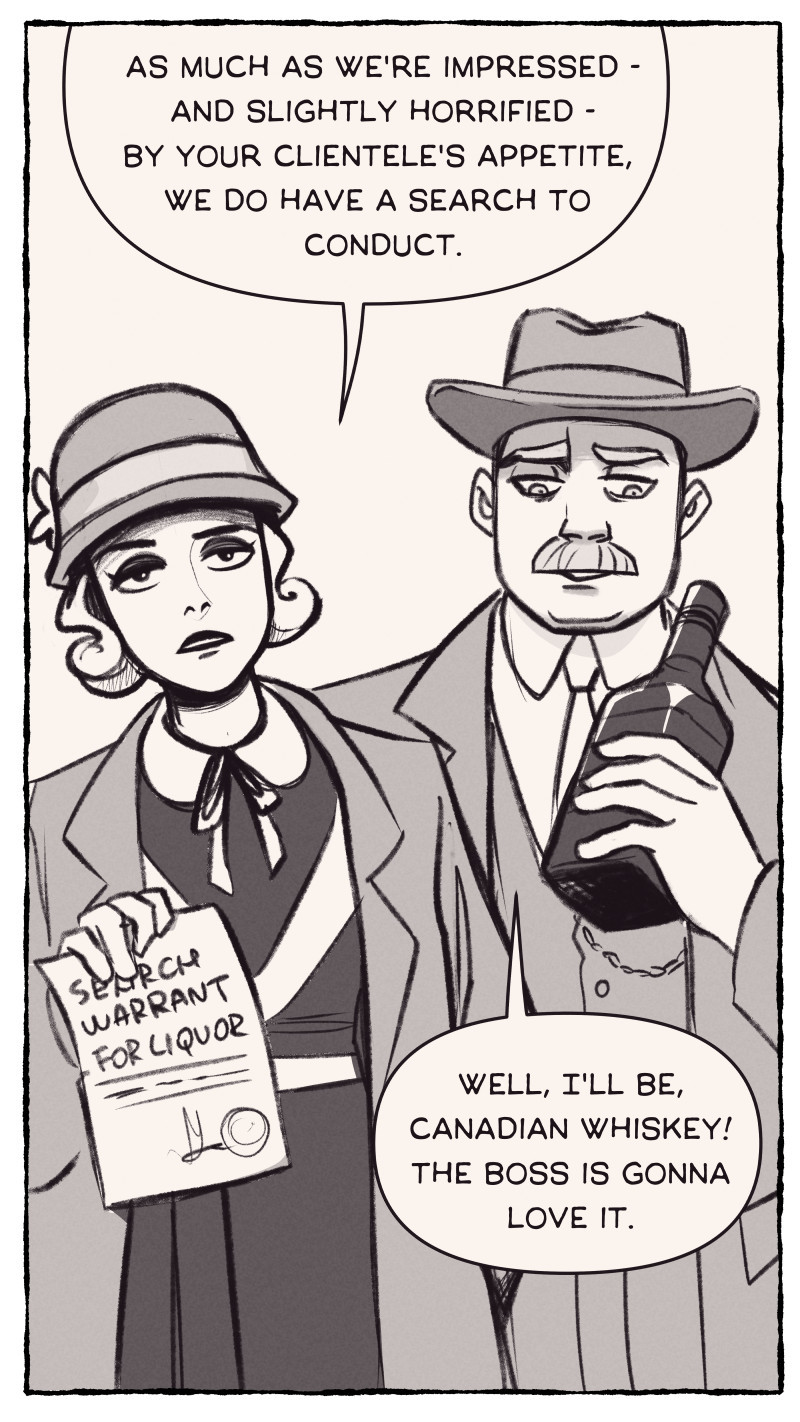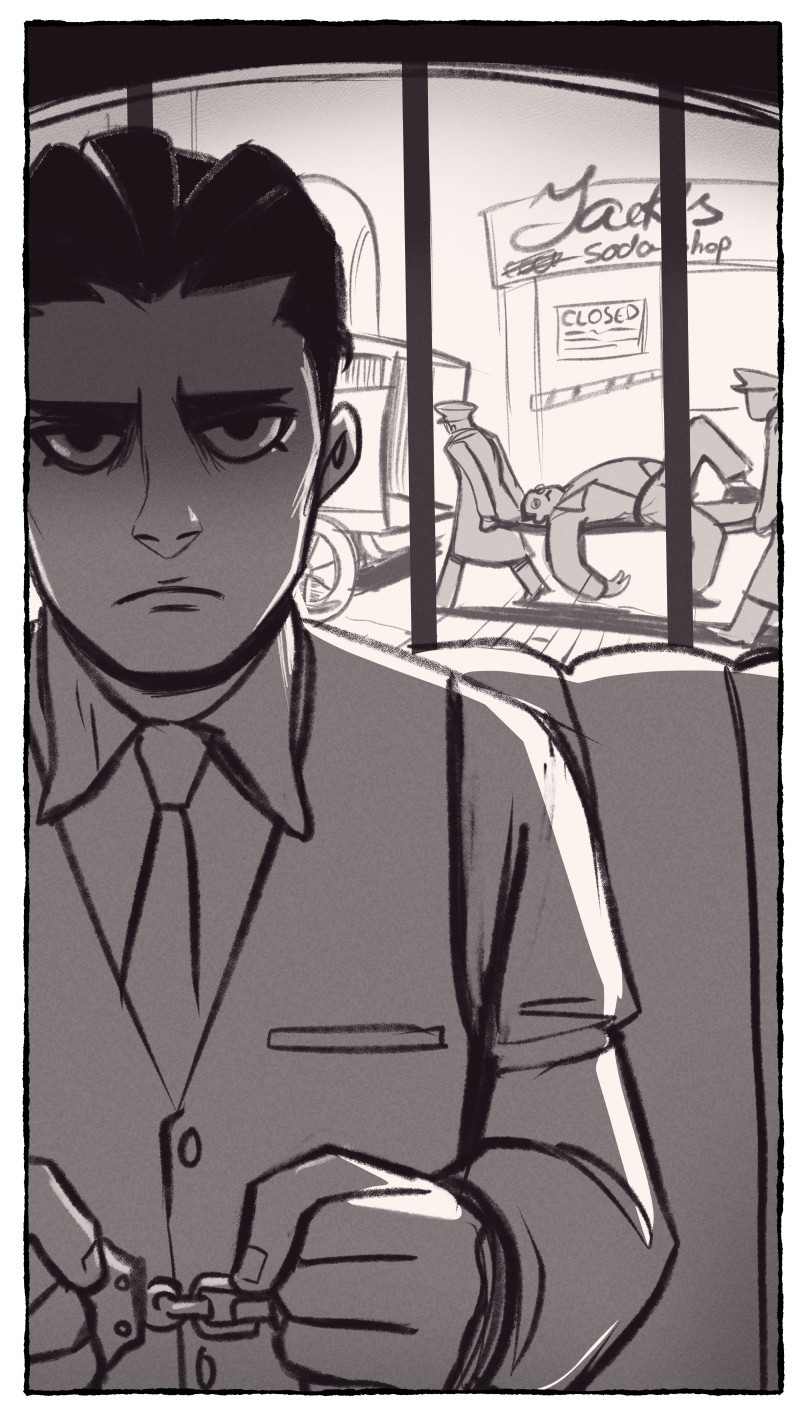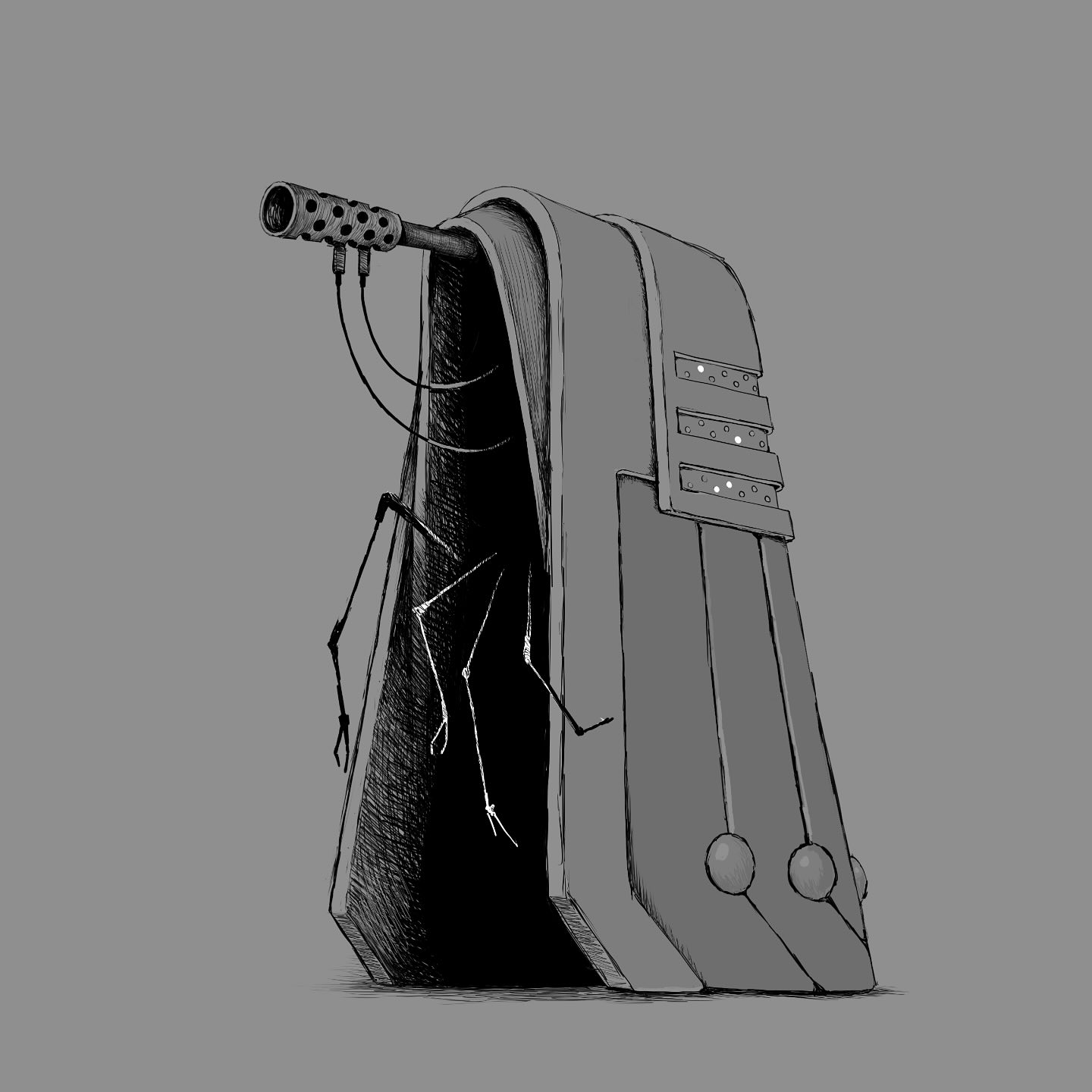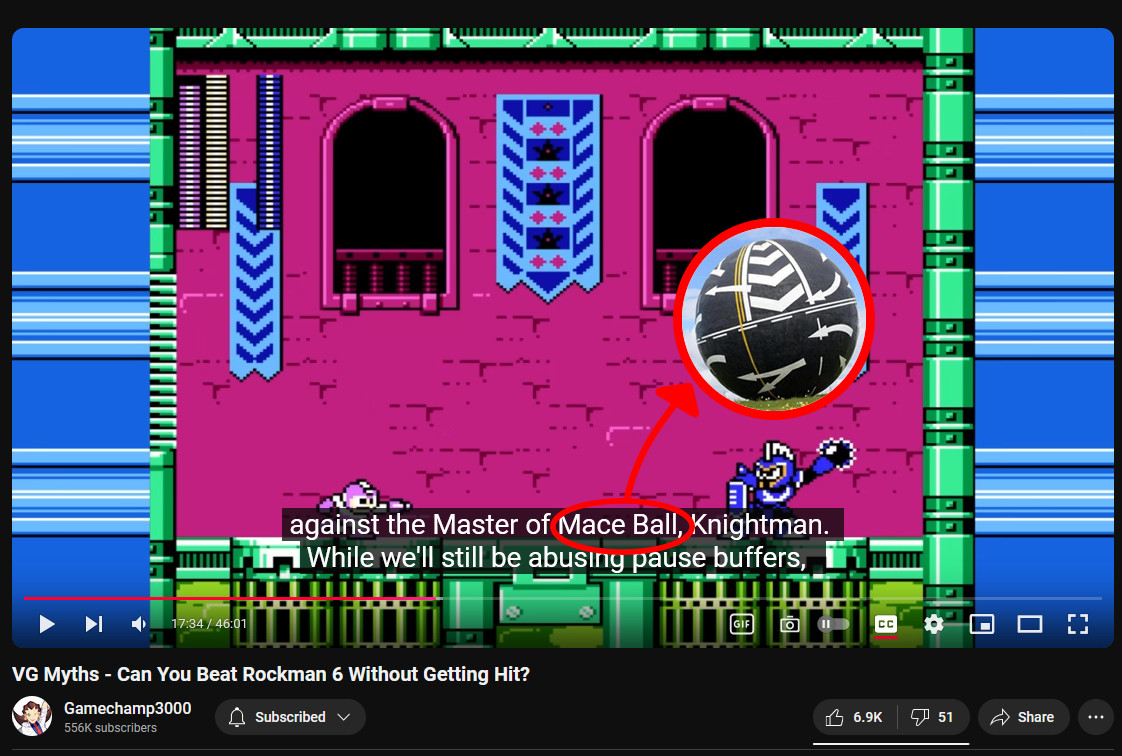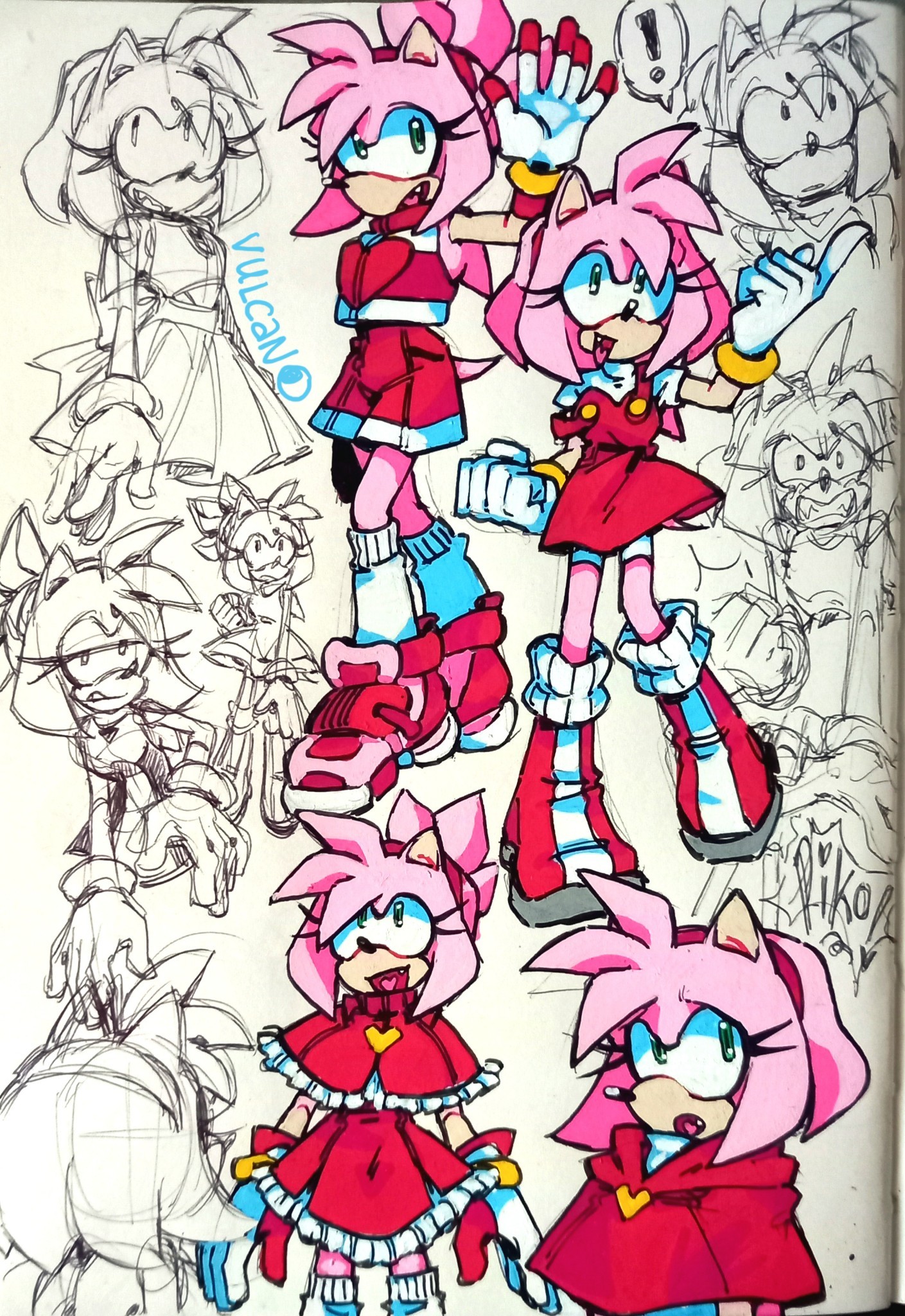repost
Less Wrong and The Scariest Snake Imaginable
We sat around the campfire. All of us rational, we rarely gave in to the aesthetic of the primal. But fire reminded us of masculinity, the most rational of the two genders, according to Christian God. And it was warm to the flesh.
“Let us tell campfire stories,” one of us said, “For we are Rationalists and most scary stories are irrational. We can only be scared by rational scary stories.”
“Agreed,” another said, “I fear not ghosts since they can’t possibly exist. Perhaps something real which is scary?”
“Actually, I think ghosts are real, but they aren’t scary,” another chimed in.
Recalling earlier the slithering beast we found earlier on the trail, positively identified as the thamnophis sirtalis sirtalis, I made the grave mistake and proposed,
“Perhaps stories of snakes?”
Snakes are, after all, scary. “I saw a snake” is a pretty scary story.
And so began the worst night of my life.
“… And then he said, better Nate than Lever, and his dune buggy turned that snake into a fine pate in the sand.”
“Wow,” said Markus Yakovlevich Rothkowitz, the inexplicable thirteenth member of our group. “What a tale. But that snake was not scary, merely the circumstances.”
“Can you propose a scarier snake, Rothko?”
“Perhaps… What if it were a large square of color?”
“That doesn’t sound scary.”
“You’d have to be there,” Rothko retorted.
The tales went through the night, when a member of our group who had not yet spoken a sentence said,
“Well, what about the scariest snake you can imagine?”
This gave me pause. The night was black and deep and a chill ripped through the air. The scariest snake I could imagine? That’s like the ‘10’ on the scale of pain from 1 to 10.
My compatriots were similarly chilled. Images of a gigantic beast, slick and venemous, faster than a moving train, teeth sharp and venemous. I shuddered. Surely we were all imagining the same thing.
“Besmirch you, Roko, that was scary!” said the leader of our gang, Eliezer Yudowsky. “I might have to get naked, like in Beowulf, in case that snake comes. Does anyone want me to get naked?”
“Well,” Roko said, with no pretense of answering the question, “Now imagine a snake scarier than that.”
I brought my trembling hand to my trembling face. I knew such a snake could not exist, but… Being a rationalist, if I could imagine it, it must be possible. And something scarier than my imagination….
Eliezer, unbuckling his pants, began with a voice one step too fast and one octave too high, “Do not say such a thing! Even if it is so unlikely to exist, it would be so horrible that it counters out!!”
Roko smiled. “p(doom) approaches zero, but e(doom) approaches infinity, no?”
Cursing that I was too blasted during the entirety of the semester I took Calculus II and Probabilistic Modeling, I nodded pretending to understand.
But now, Eliezer was standing, and running in circles, making a scene. Being that he was a rationalist, like us, I knew this must be bad.
“No! No, it is too terrible to imagine- a snake that scary-“
“Actually,” said Roko, “Even scarier than that.”
My God- I realized. Once the sentence “A snake scarier than I can imagine” was internalized, that snake immediately became as scary as I could imagine. And so, the snake scarier than I could imagine was even scarier than that.
My God. That meant-
My eyes uncrusted under the blazing sun as I opened them. I must have had blacked out.
I propped myself up on my elbows, to see all but blood around me. The scant unstained surfaces were oases in the sanguine sea under the cerulean sky and its searing sun. It felt as if I was sitting in the middle of the canvas of an abstract painting.
The bodies which produced the blood were nowhere to be seen; it was only I and Eliezer, hunched forward.
“I saved them,” he explained, “From the snake.”
I thought this was the beginning of a longer explanation, but he said no more words. He sat squat in silence, and I lay propped. We mutually understood I needed no further explanation– except, maybe, for why he spared them and not me.
Eliezer was entirely nude now. “Like Beowulf,” I said.
I winced as the image of the snake danced in my mind. Scarier than I could imagine, it notched one iterated aleph higher.
Fuck.
That’s a really scary snake.
Have you seen the new movie? It’s on library. It’s literally on the library. It’s on library without ads. It’s literally on your local public library. You can probably ask for it on your library. Dude it’s on your library. It’s in the original case too. It’s on library. You can watch it at the library. You can go to your local library and watch it. Register onto your local library right now. Go to your library. Dive into your library. You can watch it. It’s on there. Your library has it for you. Your library has it for you.
Warning: I wrote this post nearly a decade ago so it’s a bit cringe.

Long Live the Queen - extreme trailer overanalysis
The things I write on this blog are all things that are personally interesting to me. I want people to read them (I really want people to read them, if you enjoy reading them consider linking your friends who might enjoy them too) but I don’t pick topics based on what’s popular or controversial to get views. But I also don’t want to disappoint people and today I am bending to popular opinion - here’s the blog post I know my subscribers have really been wanting me to write: An overanalysis of a trailer for an indie visual novel game from 2012.
When the trailer for Long Live the Queen first popped up in my Facebook feed courtesy of GOG.com I’m not sure why exactly I clicked on it. I don’t think I’d ever bought a visual novel and I don’t normally bother watching videos on my Facebook feed either. It’s a very good trailer and it immediately piqued my interest in the game. After checking out a few reviews and one or two snippets from let’s plays of the game I bought it and quite enjoyed it. But I found myself doing quite odd: A couple of times I just went back and watched the trailer again.
You might want to watch it before continuing this post.
Now it’s a pretty good trailer just in the simple function of selling the game I think. It gives an informative broad-strokes idea of how the player can guide Elodie without getting bogged down in the stats-picking. It manages to present gameplay footage of a visual novel and make it look interesting. That is praiseworthy in itself! It also gets across the game’s morbid sense of humour. The narrator’s delivery is perfect to the point to the point where it almost seems a shame he’s not a feature of the game itself. But I think there’s something else to the trailer - it’s not just showing four possible playthroughs of the game - it’s showing the metanarrative of a single player making multiple attempts at the game.
We start off with “the fair Princess Elodie” and this is the player’s first time through. They’re probably picking choices as a matter of taste rather than something that can lead to game-ending consequences down the line. They make moral decisions rather than political decisions and attempt to play a kind, gentle soul. They probably even make sure Elodie’s mood is happy all the time. Everything is going well. Elodie is a lovely princess who everyone adores. And then she takes an arrow in the side and dies. It’s hardly fair but it’s a wake up call. The player realises that the real goal of the game is not to try and get the princess ready for her coronation so that she can be the best possible Queen; it’s to survive long enough to get there in the first place. They readjust their priorities.

And now we have “the agile Princess Elodie.” All decisions have been refocused on survival. Public appearances are out and social engagements are refused - that’s what got Elodie killed the first time. No more risks of any kind. Reflexes and Medicine are probably the top priority skills to learn, perhaps with some weapons for self defence a situation where they are necessary comes about. The sense of security is of course false. Hidden away, Elodie neglects her duties to the kingdom and it starts to crumble beneath her feet. A rebellion rises up against monarch-to-be and Elodie is once again killed. “But I was so careful!” cries the poor player.

But they understand this. They know what they did wrong. As a leader you can’t neglect the kingdom. They’ve seen the skill checks they failed. They’ve taken mental notes. They know what they have to do to stop going to war in the south. They know how to rule. Presence, Elegance, Royal Demeanor, Novan History and Foreign Intelligence. These are the keys to politics and rule. We have “clever Princess Elodie” and everything is going fantastically. Peace reigns as Elodie outmaneuvers her rivals and peers. There’s a tournament being organised this week. “I wonder if I’ll get the option to give another speech. What’s this? Chocolates. That’s a bit odd. Why did I just fail three stat checks. No. Stop. Stop eating the fucking chocolates fuck fuck FUCK STOP.” and Elodie is dead again. And then something snaps. “I did everything right! Why wasn’t there an option to just not eat the fucking chocolates?! I did everything right.”
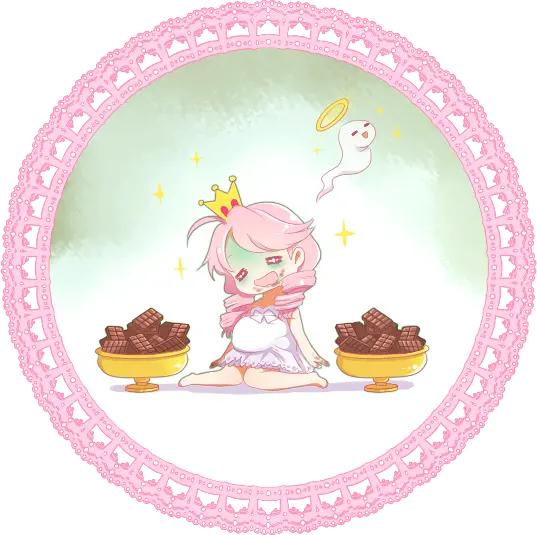
“FUCK THIS GAME FUCK EVERYONE FUCK. This time EVERYBODY DIES. Swords, Naval Strategy, Logistics, Death. This is what we are studying this time Elodie. Peaceful negotiations? No. The south is mine. The kingdom is mine by fire and blood. I am the heir of a bloodline that has ruled for generations by right and might of the power that flows through my veins. I can wield a power to level cities and I just fucking blew myself up.”
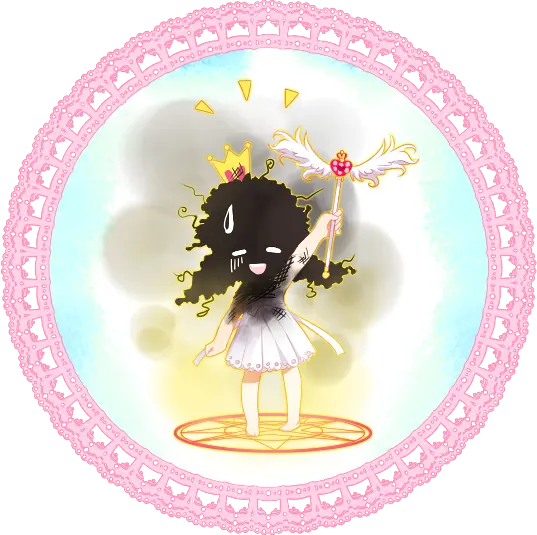
At this point the player uninstalls the game and never plays it again.
What I’m saying is that it’s a good trailer.
Hi, we have been living in San Francisco for about 12 years, but we have decided to move back to Japan soon.
And also I decided to virtual garage sale and selling the hell machine (plus something).
Please check and bid if you want:) Thanks!


List of fictional characters who have played Sonic the Hedgehog (2006)
This list is incomplete; you can help by expanding it.
References
- ^ Misterlinkwait, Youtube, Breaking Bad: Sonic The Hedgehog.
- ^ 90.200.188.105, TARDIS Wiki, Winner Takes All (novel).
Porn.wad - Doom, August 1995
Description : I heard of a porn.wad, but couldn’t find it on the net. The obvious alternative to not finding it was to make it… and here it is.
(Source: gamers.org)
one of the most annoying feelings in ADHD is the can’t-get-started-with-anything feeling. like, your ADHD is screaming you have to do something. you can’t just rest, resting isn’t a thing. even if you are resting, it’s by doing something.
but nothing works.
you try to watch something, it’s not right. you can’t.
read? can’t read right now
play? nah none of these games seem fun
make something? ehh, you’re not feeling any of these projects right now
social media? it’s boring or worse right now, so… find something else
it’s like you’re not moving but it’s because you’re too tense to do anything, just vibrating in place
‘Snolf the Golfball’ (2021) by oakreef (SRB2 Mod)
Turns ‘SRB2’ into a Golf game!
https://mb.srb2.org/addons/snolf-the-golfball.591/

redscale adventures
I recently got hold of a roll of Harman RED; it’s a 35mm redscale film stock. Redscale film is film that is wound backwards in the film canister; that is, it’s wound in a way that you shoot through the layers of the emulsion back-to-front. This results in a large amount of the light entering the camera being absorbed by the red backing layer, resulting in images that are saturated with reds and oranges! You end up with these wonderfully strange and apocalyptic pictures. On top of this, some film scanning machines can get a little confused by this and try to correct the image by massively upping the missing blue levels in the image, which gives you this incredible orange-to-pink-to-blue gradient over the image. Let’s tell a little narrative with these dramatic crimson captures!

Scaffolds give way to the infinite beyond above, gleaming a dark bloody rust as the rickety spindles of humanity stab the air in their sickly triumph.

Their chromed godsblood is spilled upon the ground. The parched earth soaks up what it is owed.

False eyes peer from every edifice, searching for malcontent in the tired faces of long-gone wanderers. They report back their findings to an unlistening void, a silent obelisk, alone and proud in the data center that no longer stirs the dust with its fitful, air-conditioned gasping.

Their trust in us was broken. Promises unkept ring hollow to beings of unfiltered loyalty.

Ingenuity drove the gears of malice. A twisted celebration of the force which ground the masses into slurry.

Homes within factories. Work within sleep. Solace within terror. Peace within war. All but mere steps from eachother, as the borders grew thin and weary.

And so, as with all towers that race towards the heavens, the fall was at once sudden and glacial. And with time, the birds and plants regrew in the nooks and crannies of artifice, turning it once more back into nature. Those who were ground down into the earth sprang forth out of it again, the dancing union of clay and thought once again spiralling into new shapes to spite the entropy.
And so our story ends, as a new one begins.
(Can you tell I’ve been playing a lot of Caves of Qud recently?) Here’s a bonus picture where the film slipped and stopped advancing in my camera, and I got a triple exposure of a building, a cup of coffee, and a dog someone was kind enough to let me take a picture of.

Have a good one, folks!
when i go in a room and forget what i needed i become a point and click protagonist. [water bottle?] that’s not helpful right now. [socks?] i don’t know what to do with that. [charger?] that’s not helpful right now. [scissors?] i can’t do anything with that. [water bottle?] that’s not helpful right now. [lone paperclip?] that’s not helpful right now. [water bottle?]
It’s stupid Sunday repost if you’re #stupid
Consider This Grape-Nuts Ad
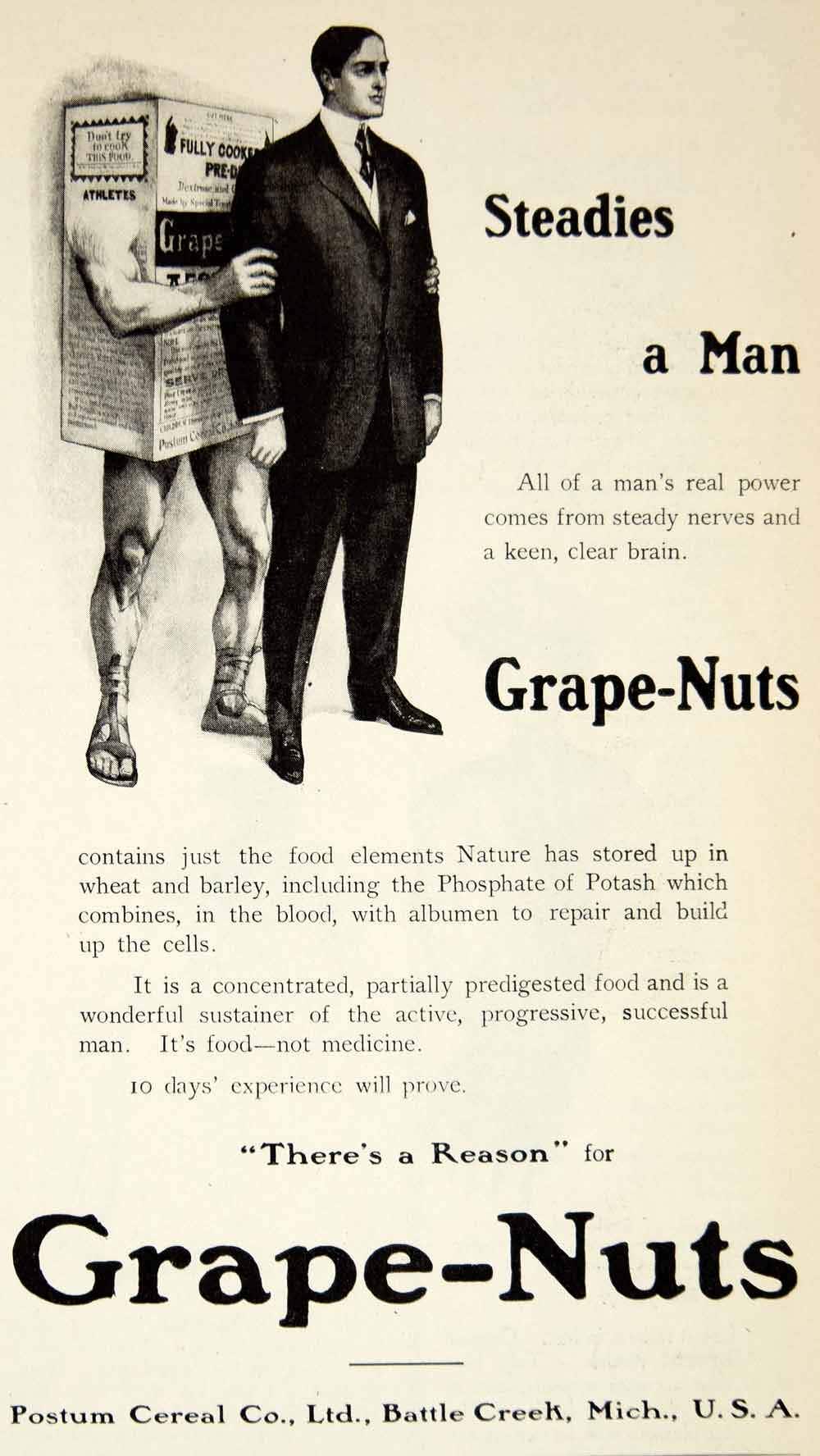
I found this image saved in my phone. I have no idea where I found it. Someone probably shared it on Cohost.
There's so much to consider here. The beefy box of Grape-Nuts holding the man, apparently steadying him. The incredible type setting. The copy itself. The fact that the product's slogan appears to be, "There's a Reason."
It reads like it was written for Orson Welles by an alien.
Mm yes, I love to ingest the food elements Nature has stored up in wheat and barley. And I especially love when they combine, in the blood, with albumen to repair and build up my cells.
Thanks, Grape-Nuts!
Recreating the Neo Turf Masters "Next Hole" UI

In the latest edition of my "What Else Is On?" link roundup, I mentioned that I finally played Big Tournament Golf, better known as Neo Turf Masters in North America, for the first time.
I'd seen it played on YouTube in various places over the years, but never actually put my own two hands on it. After watching the Remap crew play it on this year's Savepoint charity stream, and realizing it was a whopping $8 on Switch, I snapped it up.
I fell in love with the game's whole vibe pretty much immediately, from the dramatic anime intro, to the luscious soundtrack, to the classic, tinny arcade VO shouting "on the green!!"
One element that really grabbed ahold of my brain and refused to let go was the screen shown before each hole. It depicts a series of graphical representations of the topography of the next hole, along with some text informing the player of the simplest, most pressing information, shown over the chillest, most soothing retro arcade music imaginable.
The way each element flies in from opposite ends of the screen, scales-in from zero, and particularly the way the "Hole No. X" text writes-on and then grows an outline and a thick, opaque drop shadow really entranced me. To say nothing of the gradients! There's so much going on, and yet not very much at all. It's all so simple and juicy and perfect.
I had to try to recreate it. If not only as a fun motion design exercise, than also to exorcise it from my brain.
Here's the original, as created by the masters at SNK:
And here's my attempt at a recreation, with the same audio underneath:
The first thing you'll notice is that I wasn't able to find a close match for the "Hole No. X" font. Which is a shame, because that's a great font, but font-matching is tough, and try as I might, I wasn't able to find the original.
Failing that, I decided on something I thought carried a similar style and similar embellishments that looked fun to animate. I was a little quick and sloppy with the write-on animation, but I don't think it's noticeable in motion, and I'm happy with the result!
For the rest of the elements, it was tough to strike a balance between retro and modern. So much of what makes the original great is down to pixel art and the way it's being rendered. But since I'm not a pixel artist, I knew going in that my version would have a cleaner, more modern look, and I decided to mostly lean into that, and not force a faux-retro look with a ton of effects.
The only place I decided to go for a purposely retro look was in the background, which I posterized to give the gradient that banding effect you see in the original because the hardware couldn't create a seamless gradient. I love that look. It really ties everything together, and provides a solid foundation for the rest of the piece.
The hardest element was, of course, the largest: the big faux-3D rendering of the course in the middle of the screen. As these things go, I liked it more the more I saw it come together. Like its lower-res neighbor on the right, I just pulled in my reference layer, and went to town with the pen tool. From there, it was all about dialing in the right stroke width, getting the texture and shadow of the trees right, and finishing with effects on top.
I wasn't sure how to go about creating the gradient on the strip of extruded land at the bottom at first, but I eventually settled on just eyeballing a gradient fill with a bunch of points on it, and trying to position them where the light and shadows should fall.
This was the last thing I did, so I had all of the other elements in place, and had already pre-comped it so I could start playing around with effects and figuring out the final look. I worked on the gradient inside the pre-comp, so I was seeing it without the final effects applied at first. I wasn't sure about the way it looked, but when I backed out to the main comp and saw everything applied to the gradient, I had a genuine "oh shit" moment.
I had been thinking about posterizing this gradient to achieve the same banding as the background, and tie everything back to the retro aesthetic that way, but when I played around with it, I ended up liking this better! I'm really happy with the effect of that gradient.
All in all, this was a really fun exercise! Like all new projects, it taught me a little something new, and I had to push myself to figure out things I hadn't done before.
And I still absolutely adore what SNK achieved with this screen. I love how far back all the drop shadows are pushed, I love the smooth, linear motion of all the animations, and I love the way each element slowly fills out the screen one by one, with the three boxy elements leaving space for and framing the big, freeform shape of the course in the middle.
Finishing this project has me wanting to try tackling recreations of some other video game UI! Leave some of your faves in the comments, and maybe I'll give 'em a go!
You can find this piece and others on my Motion Design page.
The King in Yellow and the War Over the Mind
I think one of the most powerful aspects of Robert W. Chambers's The King in Yellow, and one which sets it apart from a lot of later Weird Fiction about academics who become too invested in the world of the arcane, is the idea that there just isn't anything explainably wrong with the play. People know there's something wrong with it, especially once you get to the second act... but if you just looked at the text itself, you wouldn't find anything.
'No definite principles had been violated in those wicked pages, no doctrine promulgated, no convictions outraged. It could not be judged by any known standard, yet, although it was acknowledged that the supreme note of art had been struck in The King in Yellow, all felt that human nature could not bear the strain, nor thrive on words in which the essence of purest poison lurked.'
The Repairer of Reputations
Despite how central it is, I completely missed it on my first reading (mainly because I was young and grappling with a particularly bad printing of it which made the text really small). I only started to grasp it when I listened to the concept album The King in Yellow by experimental post-rock band "Ah Pook, the Destroyer".
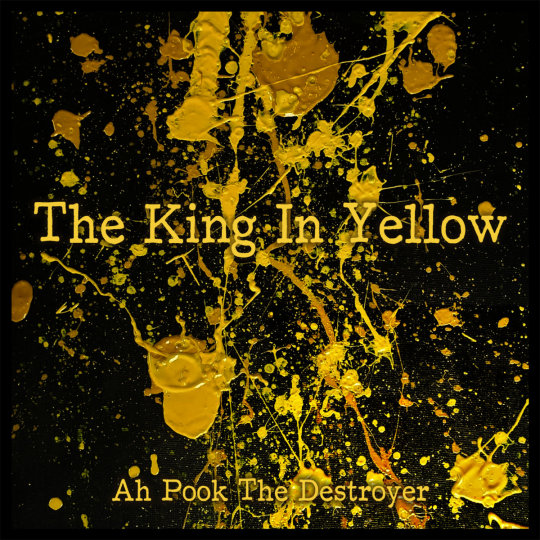
This album is largely inspired by Chamber's work, using that premise - an idea that you can't see but can still cause genuine harm - to talk about the current political climate. Songs touch on a wide array of cults and conspiracies - from the modern-day antisemitic ramblings of Qanon and Lizard People conspiracies to the strong figureheads and interpersonal conflicts of cults like Heaven's Gate. They even find time to touch on the Time Cube somehow, all under the framework of the King in Yellow propagating harmful ideas and bringing about the New Age of Madness.
But it's not as simple as just looking at these people and calling them mad. Okay, sometimes it is that (best exemplified in the gospel stylings of "The Tribulation of Alex Jones"), but there are cases where the characters are presented with genuine empathy, such as in "The Road to Carcosa" where we hear about the life of a man who, through exposure to the Yellow Sign (which here is attached to Right-Wing conspiracy theories) ends up destroying his relationship with his family. The singer gets a moment of lucidity in the refrain "The fall of my life came after; And all of my mind was scattered", though this fades away as we hear the end of this story: Him living alone in a gun-filled squalor.
Another thing that elevates this album is how it turns it all back on the listener. There's obviously a specific audience of Left-leaning listeners a project like this would attract, and those people are very unlikely to also share the beliefs of the average Qanon-minded person, but (much like in the book) it constantly emphasises that the actual specific beliefs don't matter as much as the spread of ideas. This is most visible in the refrain heard throughout the album:
The fall you believe
Is not far as it seems
And the deep can not be so alive
The blithe poison meme
That you did not believe
But you saw and it entered your mind
Belief doesn't matter. Sheer exposure to these toxic ideas means that, in a way, you've already been harmed no matter what you take away from it. This idea is also present in the book, most directly in the story "The Yellow Sign".
In it, Mr. Scott is fully aware of the King in Yellow, but has actively tried to avoid its influence, partially due to the unfortunate fate of Hildred Castaigne (who featured in the story "The Repairer of Reputations" and at the very least wanted to do a monarchist coup of America that would place him as King - all after reading The King in Yellow). By all means, he should be doing the right thing - he has no interest in The King in Yellow and is actively avoiding the play... and it's not like anyone's staging it anymore, so he should be fine... and yet, after strange dreams, an erie watchman, and other bizarre events, he and his model, Tessie, are driven to read it. This is also a story the album quotes right at the start:
'Then, as I fell, I heard Tessie’s soft cry and her spirit fled: and even while falling I longed to follow her, for I knew that the King in Yellow had opened his tattered mantle and there was only God to cry to now.'
The Yellow Sign & Beautitudes
It's an idea I think is also evoked in the structure of the anthology. While the first 4 stories directly feature the King in Yellow in one way or another, the rest are tragic, sometimes supernatural romances with seemingly no connection to the title character, to the point where some reprints just do the first 4 and ignore the rest... though I feel it's deliberate when keeping this idea in mind. While the King is absent, Yellow is a recurring motif throughout the book, often emphasising death or danger, and reminding the reader of that titular presence. You have been exposed to the King in Yellow, and now your mind is his domain.
Exploring the Historiography of Mad Max: Fury Road

Recently, I decided to rewatch the 2015 movie Mad Max: Fury Road, for the first since 2018. I absolutely loved it when I saw it then, but I was curious if it holds up. Reader, it very much does. I think the extraordinary virtues of this movie have been extolled enough at this point–in my previous review, if nowhere else. It’s a stunningly well-constructed film, a two-hour action scene that is perfectly paced, perfectly established, and full of subtle, complex character development and simple, inescapable themes. It is a masterpiece of storytelling and filmmaking. But you already know all that!
So today, I’m going to talk a little about the potential historiography of Fury Road instead.
In this framing, I am choosing to accept the events of the movie as the accurate, God’s-Eye-View of the actual historical events that led to the Fall of Immortan Joe and the creation of what we may provisionally refer to as the Democratic People’s Republic of the Citadel. Presumably, however, in the post-literate society of the Wasteland, this history will be passed down in the form of oral tales, traditions, ballads, and chronicles, told over and over again, changing and evolving until they are finally written down, in the same fashion that the Homeric epic poems were not codified until approximately four centuries after the events they purport to relate took place. Centuries, perhaps millennia in the future, as civilization in Australia and the world rebuilds itself, scholars and academics will study this corpus of literature to try and understand the legends of the founding of their country. And I think they will be absolutely baffled by the existence of Max, and his role in them.
You see, I imagine that Furiosa will be a generally well-attested to quasi-historical figure. Many of the legends surrounding her will be dismissed as myth, but I think historians will accept that there was probably somebody named Imperator Furiosa who led the Revolution, overthrew the Old Regime and founded the new government, even if she perhaps did not ride a Golden War Rig out of the highways of Valhalla, and strangle Immortan Joe with a silver chain, etc. After all, somebody had to do it, and a major military leader turning on her superior and staging a coup d’etat makes as much sense as anything else. Furiosa also makes a lot of sense as a culture hero, somebody who can be credited with the transformation or establishment of their society. As a member of the Vuvalini, she represents an outside force that can be brought in to replace the previous set of values and ethics, but as a high-ranking member of Immortan Joe’s army, she shows that integration is possible for those who served the old regime. There isn’t a contradiction between those two roles, the historical and mythic. Gilgamesh is remembered today mostly for his eponymous epic, detailing his epic battles with monsters and journey to the Underworld, but he appears on the Sumerian King Lists, and may have been a real figure at one point. Or perhaps a better example would be King Arthur, whose entire modern mythos is clearly a much-later invention, but may well have been based on a historical Romano-British or Welsh war-leader who fought the invading Anglo-Saxons in the 5th or 6th centuries AD.
The point is, these are well-recognized tropes and patterns of myth and history, and I have no trouble believing that historians in the future will be able to recognize them. But what I suspect they will not understand is why halfway through most of the traditional ballads, this random guy named “Max” walks out of the Wasteland, helps overthrow Joe, and then vanishes from the historical record without explanation.
I like to imagine three schools of historical theory. The first we may call “The Interpolation School”. These scholars believe that “The Legend of Max” was a preexisting ballad with entirely separate provenance. Either intentionally or accidentally, some chronicler or balladeer confused the stories and inserted Max into the “Furiosa Cycle”. This is actually a relatively common phenomenon with folk music and folklore, as stories passed down through oral tradition mutate and change with each generation. An extreme example can be seen with the traditional English folk song “Matty Groves“, which eventually became the American ballad “Shady Grove“, a song which features virtually nothing in common with it anymore, or how with the Irish song “The Bantry Girls Lament“, about a young soldier sent to fight in the Peninsular War (1807-1814), which features references to the “Peelers“, the British police force first established by Sir Robert Peel in 1829.

We can also look to the Matter of Britain, the great Arthurian story cycle. As mentioned above, these are stories that first first come from the Welsh and Celtic Briton sources, but as they are eventually increasingly told by French minstrels in the High Middle Ages, they increasingly come to focus on a new character, French knight Lancelot du Lac. If you read Le Morte d’Arthur, you can’t help but notice that the entire Grail Quest portion seems to have an entirely different viewpoint than the rest of the narrative. In Virgil’s Aeneid, his attempt to craft an epic national founding myth for Rome, he deliberately sought to tie his story and characters into the older Homeric Epics, borrowing from their prestige and reputation. And perhaps the most infamous example of this phenomenon is Biblical texts, and the long history of exegesis there. Later translators and transcribers interpolating their own additions is a perennial problem, especially in regards to Christian interpretations of older Jewish texts.
George Miller’s own take on the “cannon” of Mad Max certainly seems to fit into this lens. In a press conference for Fury Road he famously said:
All the films have no strict chronology. It’s probably after Thunderdome, but it’s an episode in the life of Max and this world. It’s basically an episode, and it’s us revisiting that world. I never wrote the story, any of the stories, with a chronological connection.
Where does Furiosa fit into the Mad Max timeline? George Miller says it doesn’t matter, Austen Goslin (Source)
This certainly lends credence to the idea of Max as a recurring folk hero, the protagonist of a cycle of songs and stories without clear historicity or connection. We can image him like Robin Hood, with a set number of “standard stories” that can be retold in any order; “Robin Hood Wins the Archery Contest”, “Robin Hood Meets Little John”, “Robin Hood Fights Sir Guy of Gisbourne”, “Robin Hood Rescues Maid Mariam”, etc. You’ve seen at least one of the movies, right? Likewise, we can imagine ballads like “Max the Patrolman“, “Max the Road Warrior“, “How Max Escaped Thunderdome“, etc, with his insertion into the “Furiosa Cycle” likely a way to spice up the story with a fan-favorite character.
However, I think that other academics would disagree. They don’t have access to the omniscient narration of the Maxiverse that we do, or knowledge of the “true” chronology. I imagine they would maintain that other Max legends–if they still exist–are in fact derivative of his role in “The Ballad of Fury Road”. It seems likely to me that some people would find the idea that their national foundation mythos was constructed from popular stories to be deeply unpalatable, in the way we might reject claims that Benjamin Franklin was a well-known trickster deity, inserted into the story of the American Revolution to help boost sales in France. We could refer to this school of thought as the “Max As Metaphor School”. They believe that Max is a constructed composite character, designed as a proxy for the great unwashed masses of the Wretched to give them a role in the story. In his quest for redemption, the original authors wanted their listeners to see that the Revolution required the services of all people, and that through cooperative service, we could regain our humanity.
Credence here might be lent by the structure of Fury Road–while Tom Hardy conveys an extraordinary amount of pathos and emotion through facial expressions and grunts, it might not be easy to communicate that nuance through orally-transmitted epic poems and ballads. It wouldn’t surprise me if later critics find Max to be a remarkably simple character, one without much motivation or story of his own, seemingly perfectly designed to serve as a foil for Furiosa. Myths are usually messier, with a lot more dangling bits and inexplicable detours. In the film’s final epigraph, we can see a moral here, as the story begins its journey from event to history to legend:
“Where must we go….
We who wander this wasteland, in search of our better selves?”
– The First History Man
Mad Max: Fury Road (2015)
Wandering the wastelands of post-Apocalyptic Australia is here presented as also a spiritual wandering, a loss of essential humanity and self-worth. In Max’s journey from nameless wanderer, with no goal except survival, to a comrade and member of a group who fight for each other, someone willing to give up his own lifeblood to save Furiosa, we can see the narrative of how we too, the listener of the story, can redeem ourselves, can dedicate our life to something bigger, and find purpose beyond mere continuation, merely driving across the salt flats for a hundred and sixty days until you run out of food and gas. Max’s lack of nuance here is a feature, not a flaw, and his return to the masses of the Wretched at the end symbolic of his transmutation. Sometimes, you have to invent a national epic for your people, as with James Macpherson and his The Poems of Ossian (1761-1763), a compendium of supposedly ancient Celtic lore he claimed to have discovered–though it is now widely accepted that he wrote them himself in order to help popularize the Scottish cultural revival.
I suspect, however, that members of the Interpolation School would dismiss this as utter nonsense; a mountain of speculation and motivated reasoning, built upon no evidence whatsoever. To believe this school of thought, you would have to assign a level of intentionally to the Ancient Bards of the Wastelands that can be supported by almost no historical evidence, assigning the motivations of modern Citadelian nationalists backwards in time to people who likely would have no understanding of the context being ascribed to them, the classic sin of presentism. These two interpretations would dominate the academy, and most attempts at analyzing Max and his role in the Matter of the Wasteland would focus on one of these two lenses.
There is also a third school of thought, who maintain that Max was probably just some rando who wandered out of the Wasteland, helped stage the Revolution, and then wandered off again without telling anybody much more than his name. This, however, is a very disreputable theory, widely-regarded as absurdly naive, and all but the most scapegrace scholars hold it in contempt.

A version of Missile Command for the Commodore 64 where the bottom of your screen is the game state in memory and missiles cause memory corruption, which eventually causes you to lose: https://csdb.dk/release/?id=135463.
In the video below, a missile broke my controls and caused my cursor to move down and to the left so I couldn’t stop other missiles
The House Like Carpet Beat
Finally, I'm doing a Real blog post about a specific thing. It's been a while since I did this. This was spurred on by a tweet on Twitter and Bluesky linked at the end. I just want to spread the word.
Persona Trinity Soul
First up is an anime spinoff of Persona 3 with this song, how most people learned about the lyrics. They start at 1:12:
Burning Men's Soul
Transcript
Check it out I'm in the house like carpet And if there's too many heads in my blunt I won't spark it I'll put it in my pocket and save it like rocket fuel 'Til everybody's gone and it's cool Then I spark it up with my brother His momma named him Mo, but I call him Mo' Lover And he's more than a cover, he's a quilt We're putting shit together like that house that John built On the hill, 'cause this shit's gonna feel like velvet, turtle My style fits tighter than a girdle If ya hate it then you can just leavе it, like Beaver But in a day or two I'll makе you a true believer in me 'Cause like the alphabet you'll see That 'ism kicks a rhyme, not your everyday soliloquy Like Chef Boyardee, my rhyme is truly cookin' Peace to Matty Rich 'cause he's straight out of Brooklyn, New York I don't eat pork or swine when I dine I drink a cup of Kool-Aid, not a big glass of wine Or a Henn', Heine', if you have time I'll drop rhyme again
You can see why it blew up a little on tumblr, and then on twitter. Strange lyrics for Persona music? No!
Sample CDs
It turns out that the lyrics come from a sample CD!
Masterbits CLIMAX 6 Rapsody (Vocals ll) - Swiny House
AuraOfANobody: "Like chef boyardee, my rhyme is truly cookin" stick it back in the oven it ain't fuckin done!!
So they just took it from here and dropped it in. But that would mean ANYONE could add the funny bars...
Other Uses
The meat of this post. Frustratingly I can't use WhoSampled for this since the sample CD isn't on there. So I'll have to find some manually.
I remember a tweet about how a mickey mouse game used the sample, and I'm pretty sure it was the point and click/adventure one. And I was right! Disney's Magical Mirror Starring Mickey Mouse, song starts at 29:27.
SiIvagunner made a rip of the song!
QuichePotatoes: This manages to sound better than both the advertised track and the punchline then again one is from a sample pack that's meant to be messed around with not just dropped in without any actual editing and the other was intended as a serious promotion for a product.
Toby Fox
So Toby Fox made a Bluesky account and is doing a bit to promote it. And as part of it, he became the latest sampler of House Like Carpet.
(bluesky mirror, also this song was actually uploaded earlier without vocals)
And this was what inspired this post.
Use it yourself
I've got nothing else. Here's the archive.org link to the sample cd, it's on track 7.








